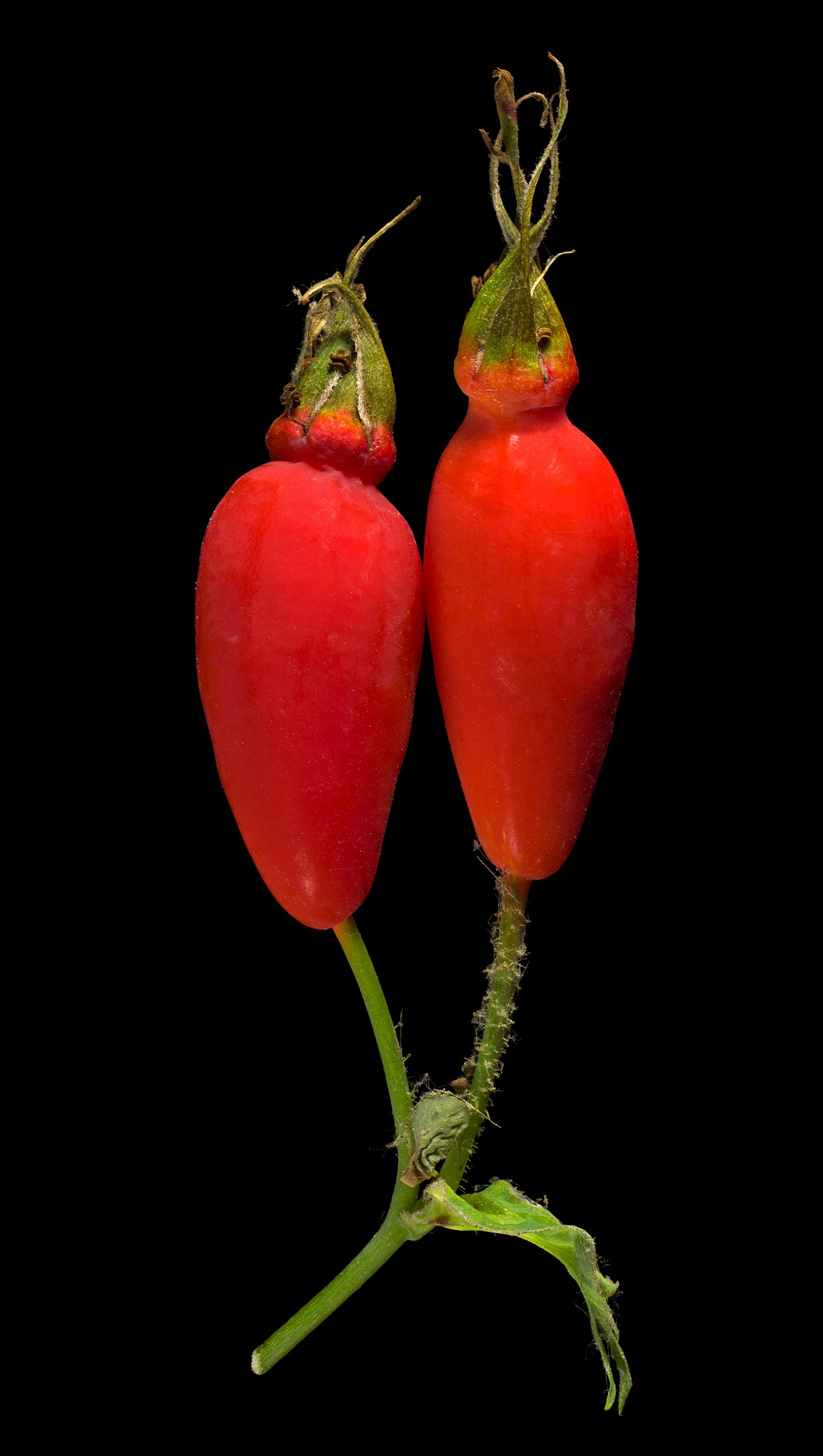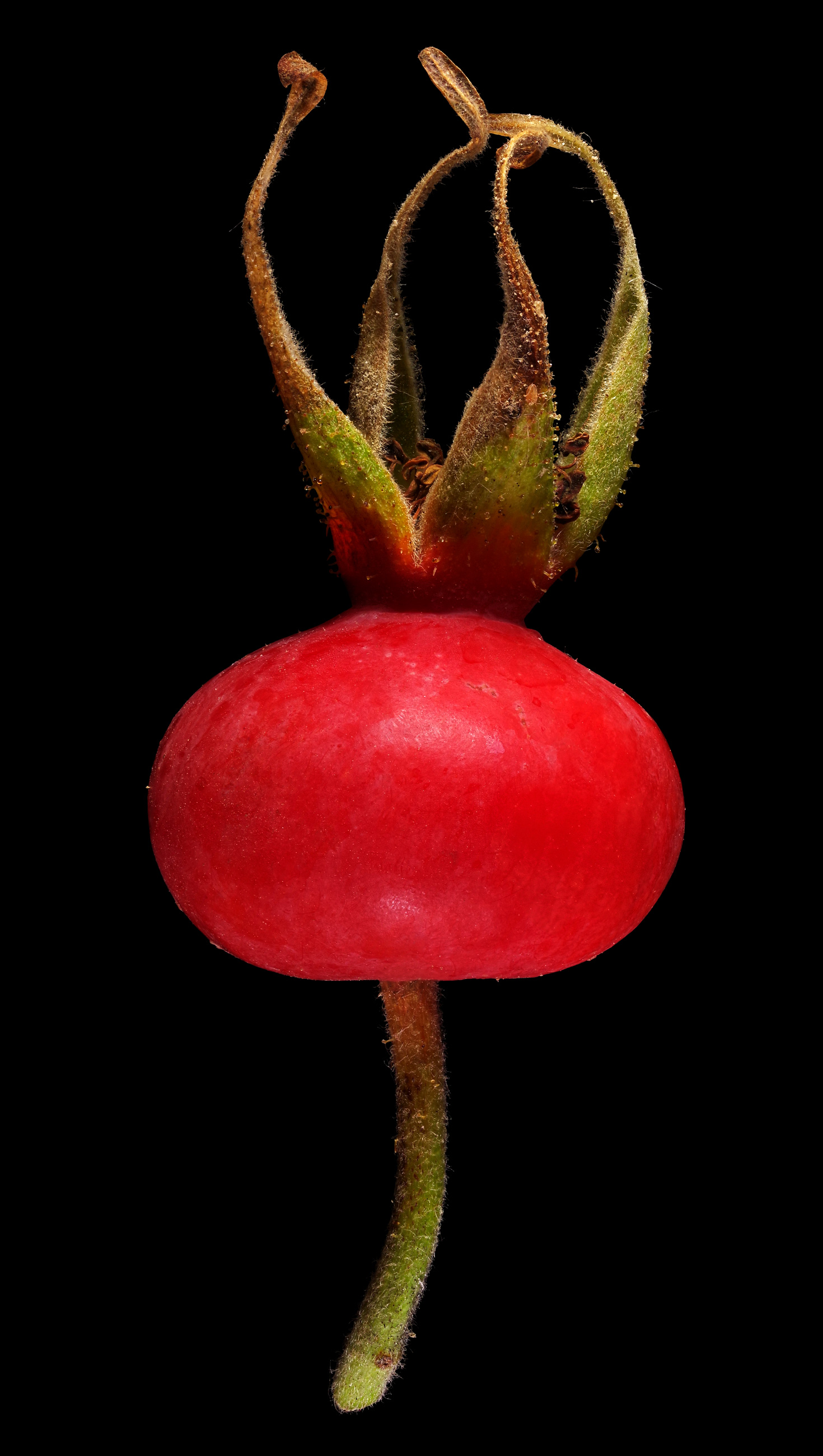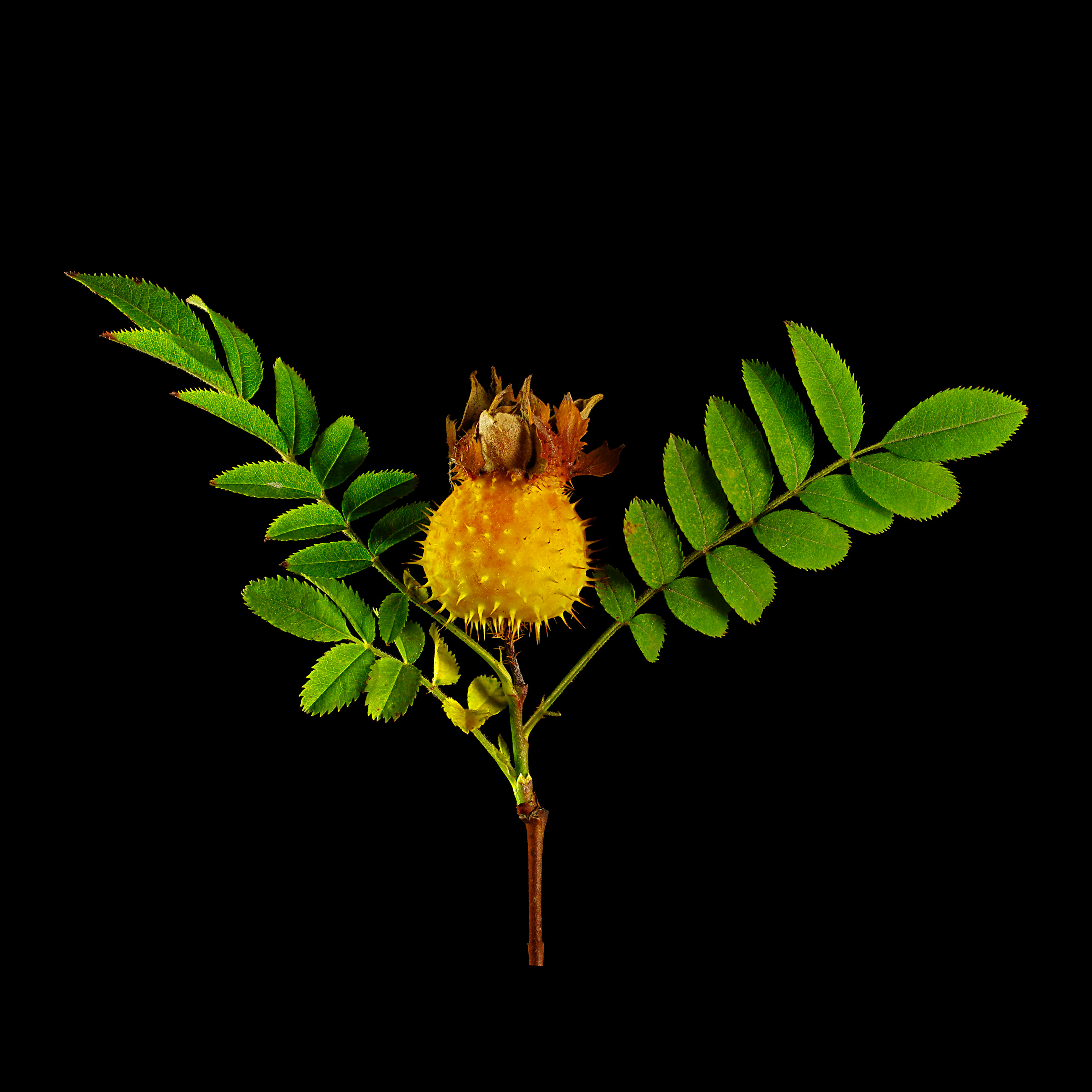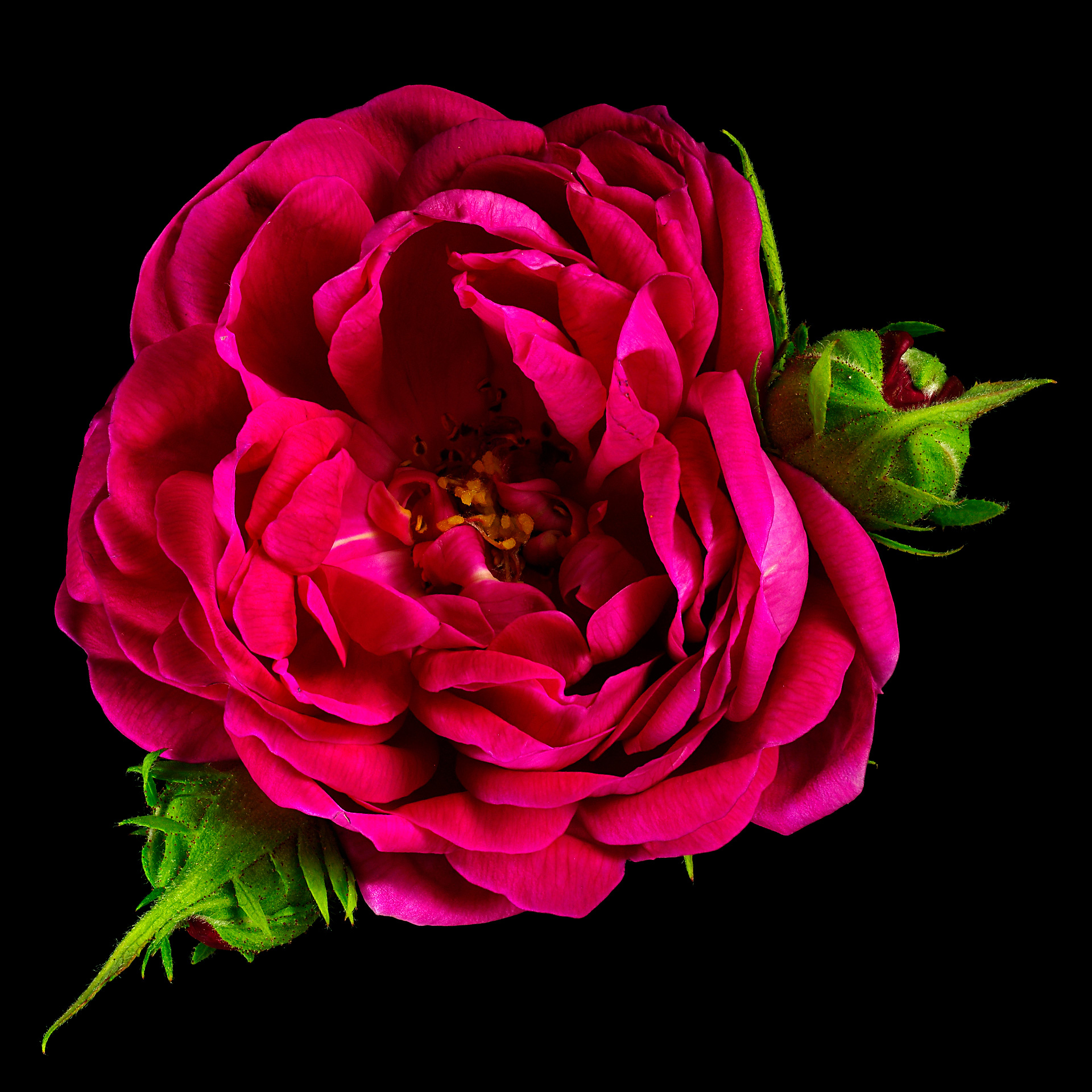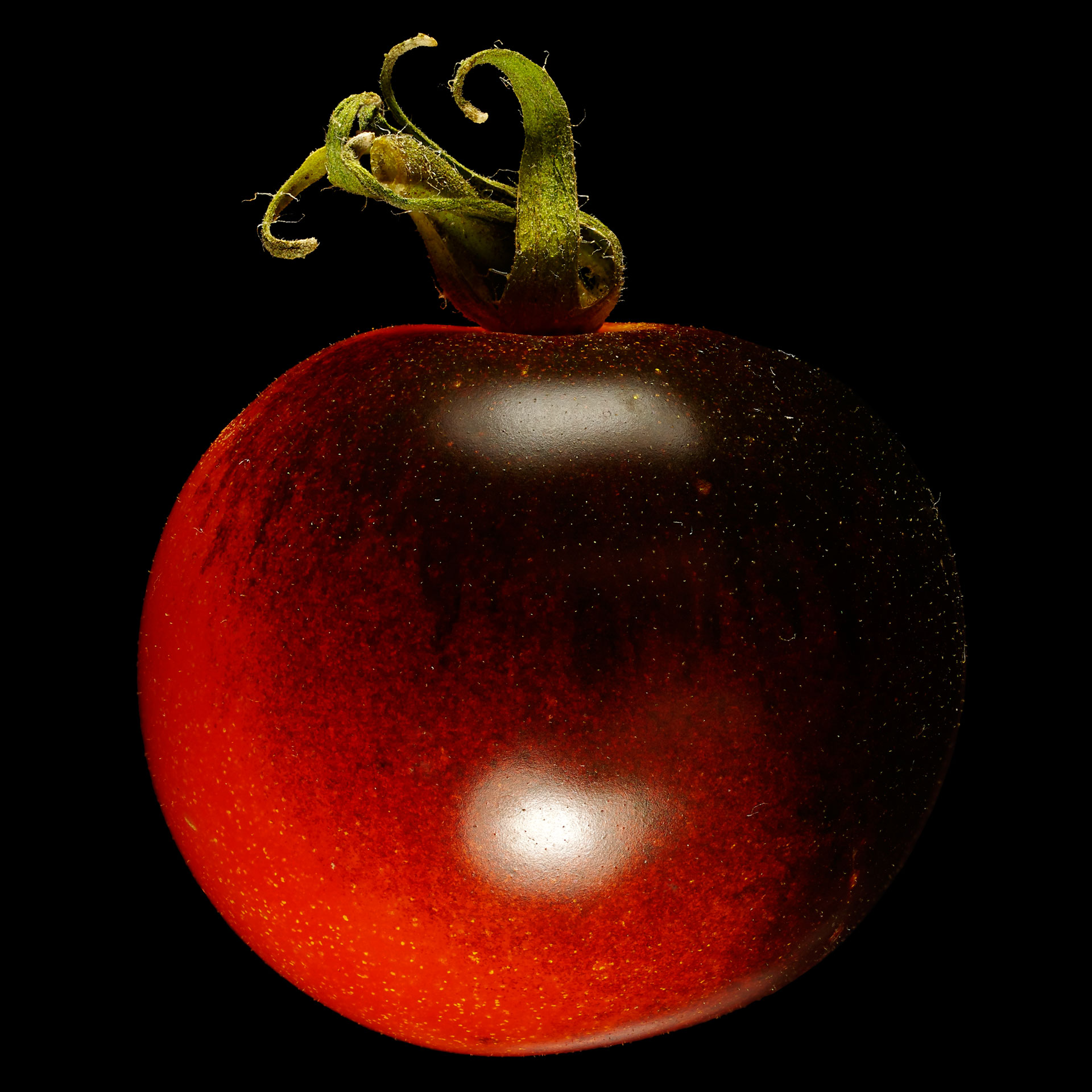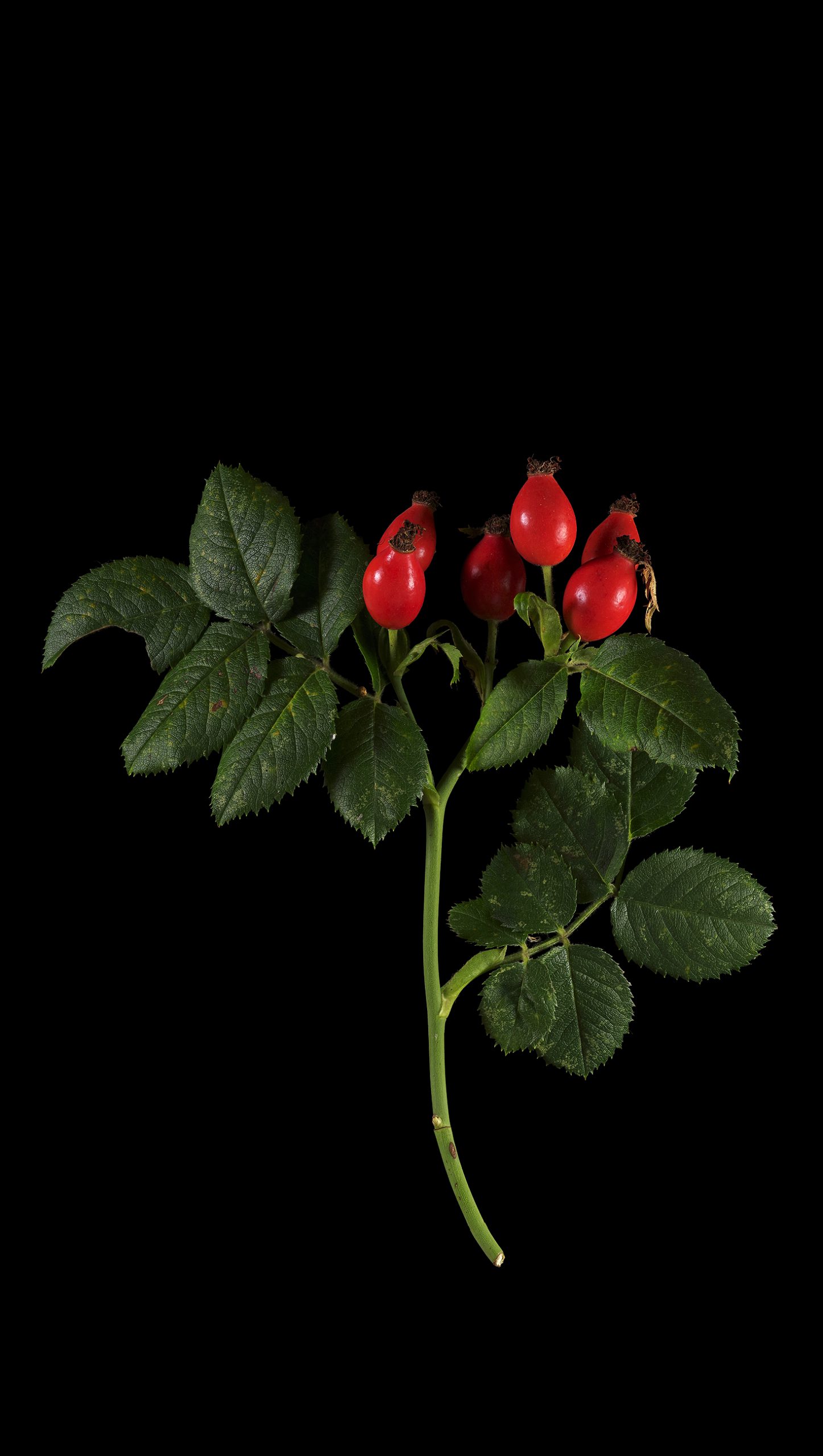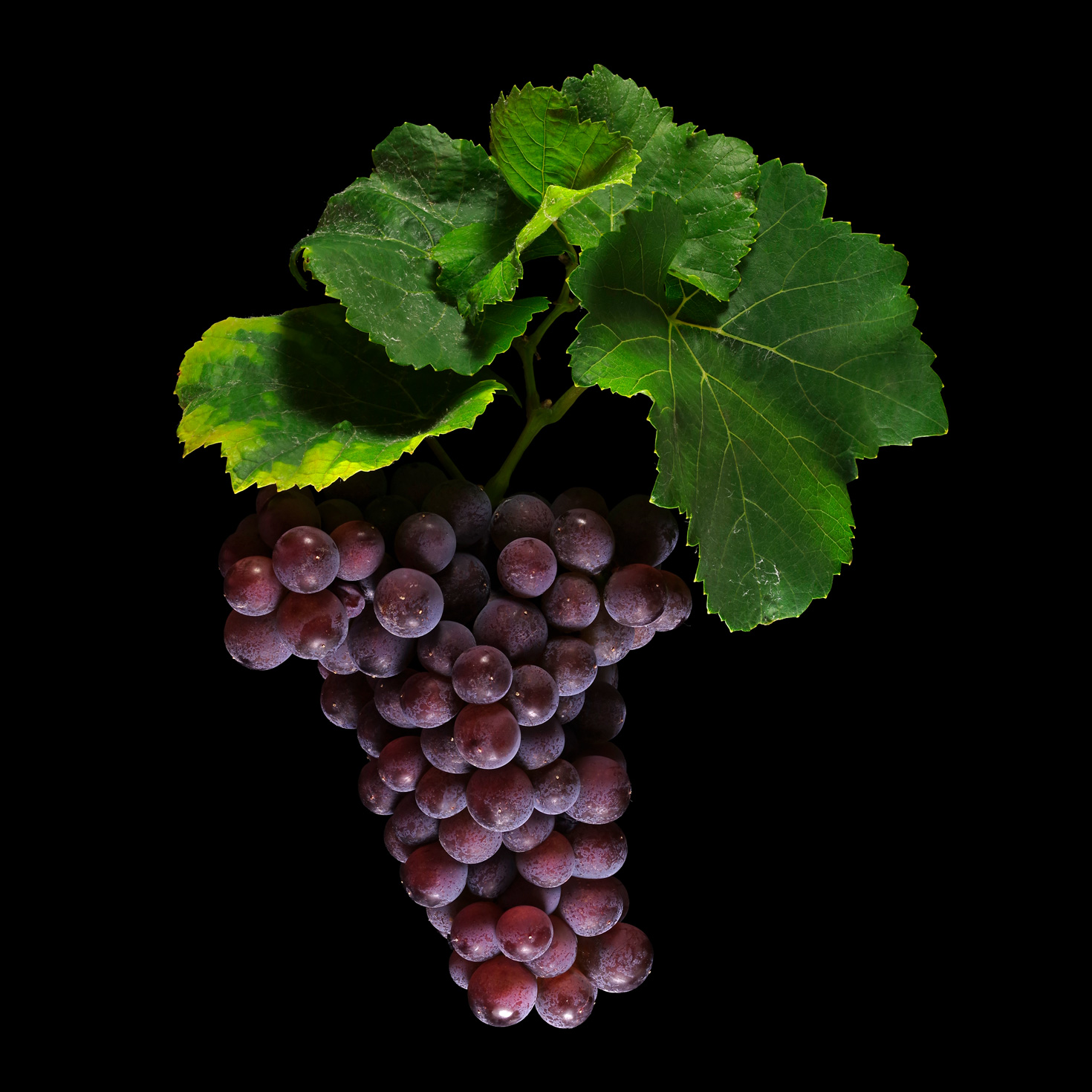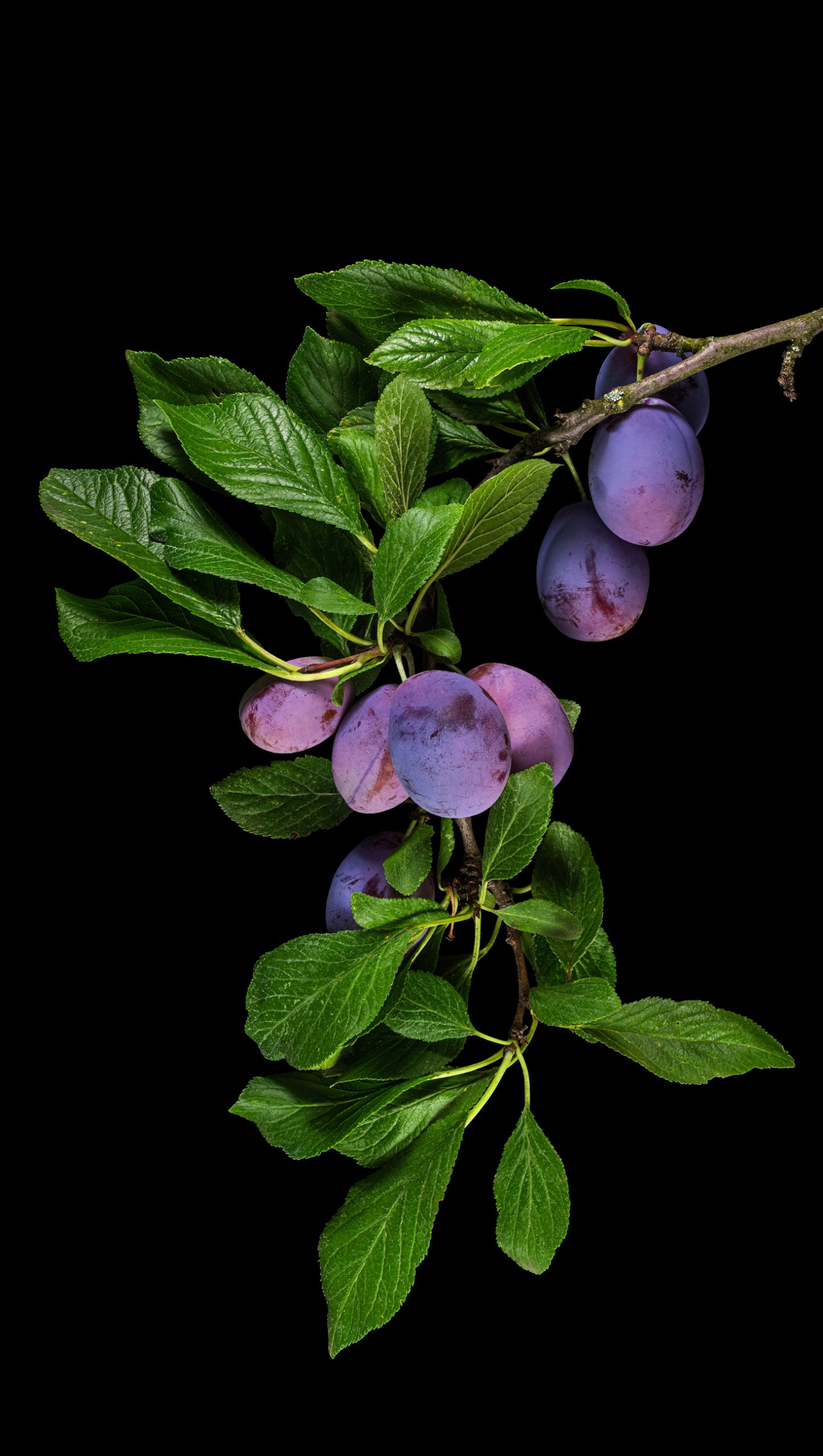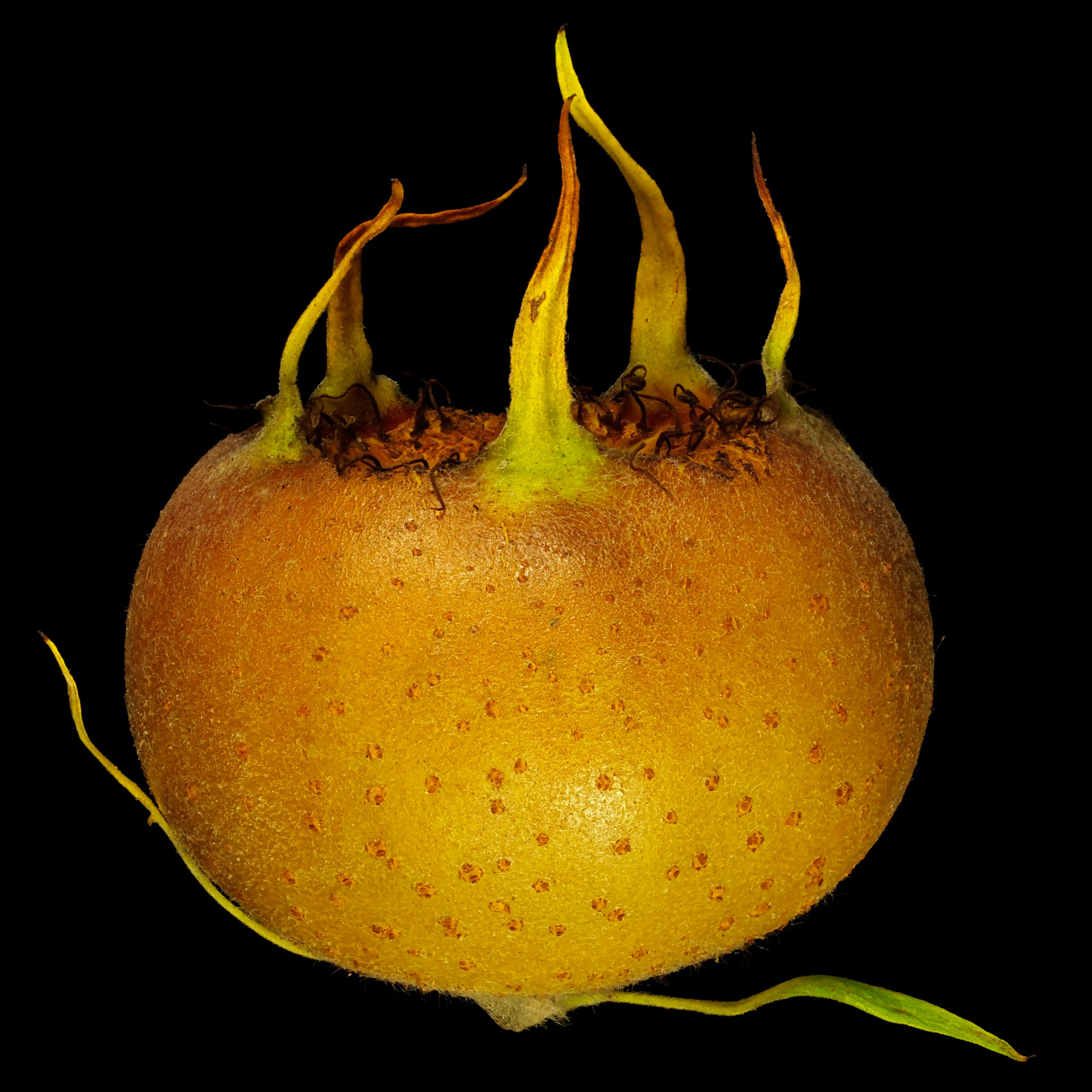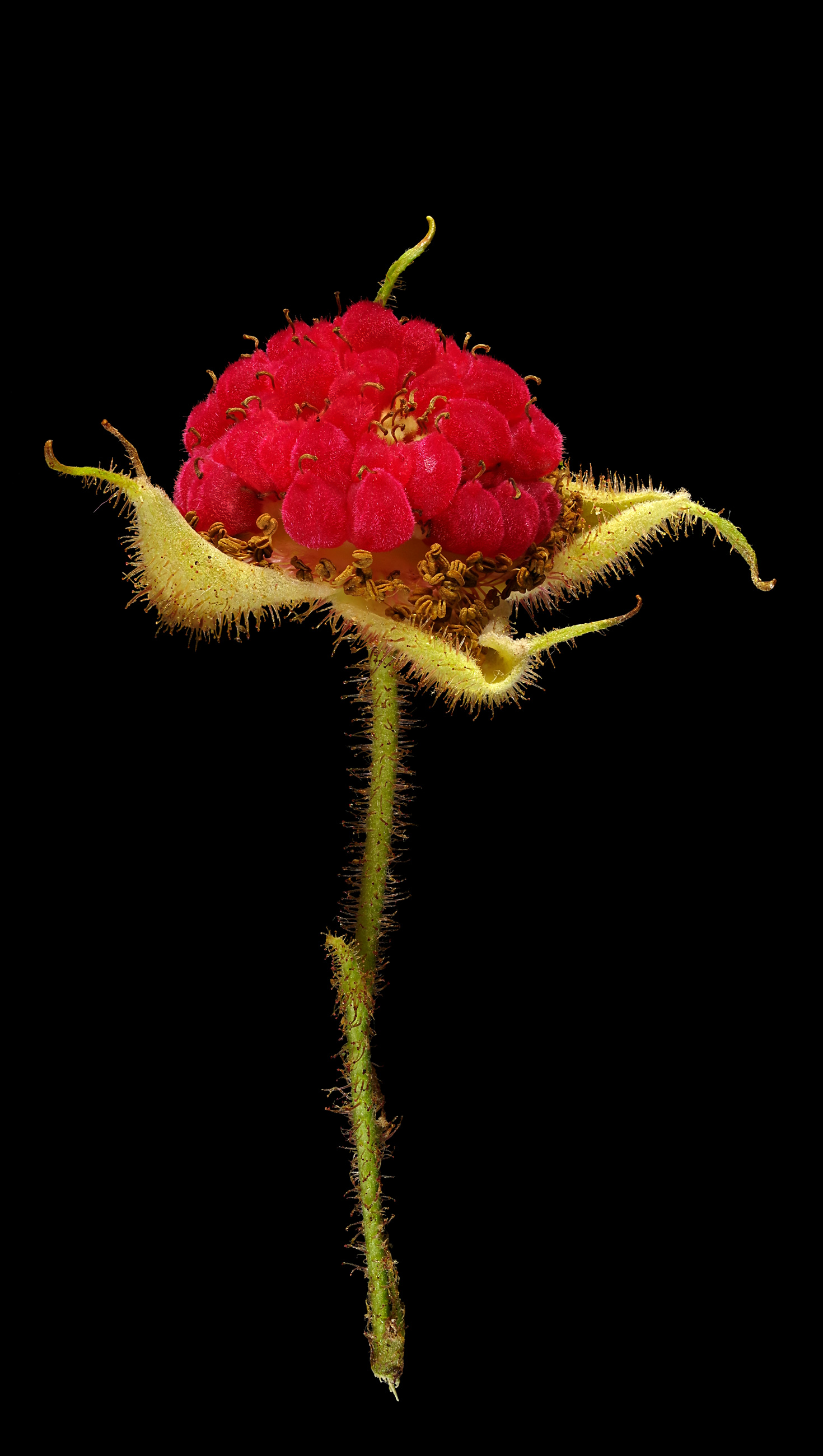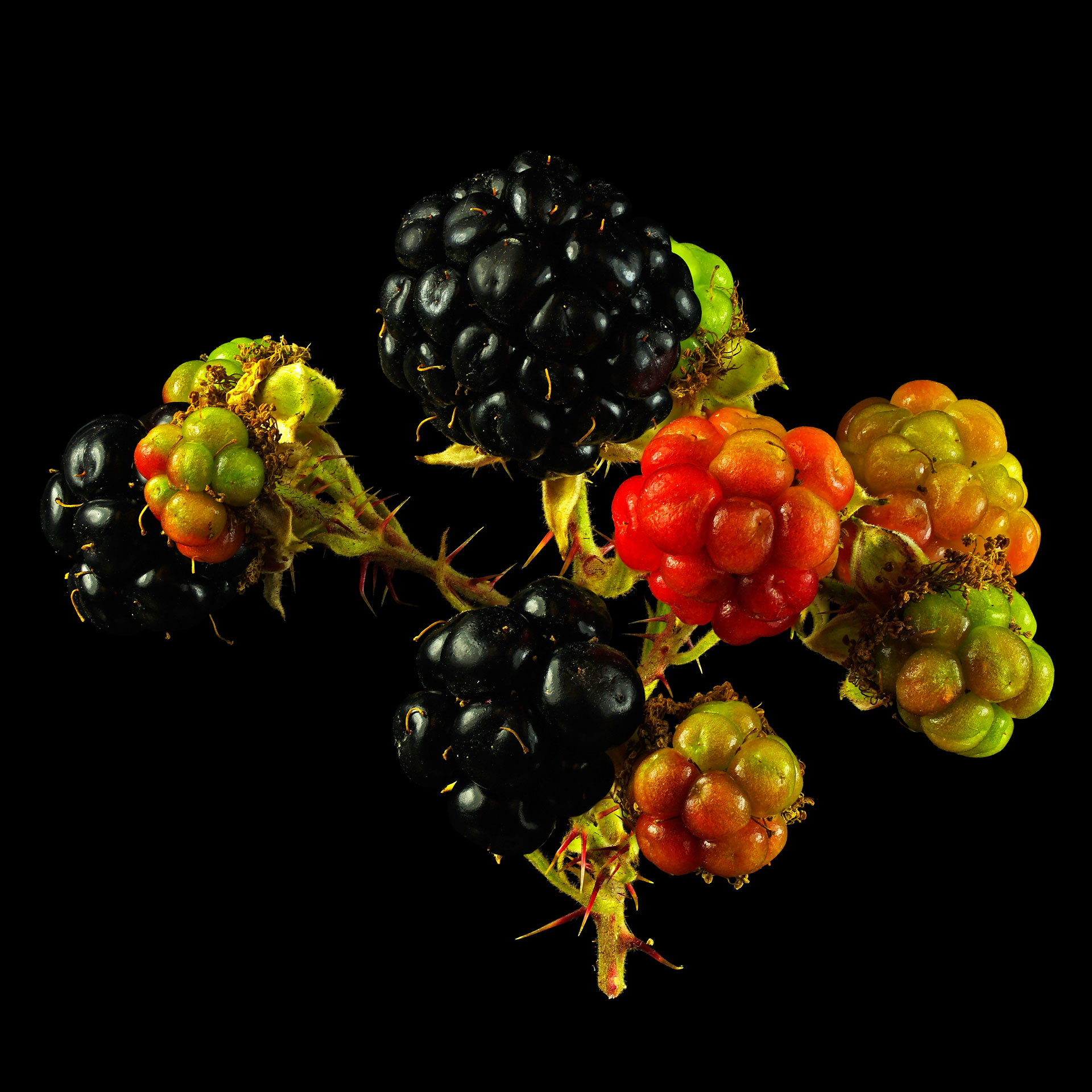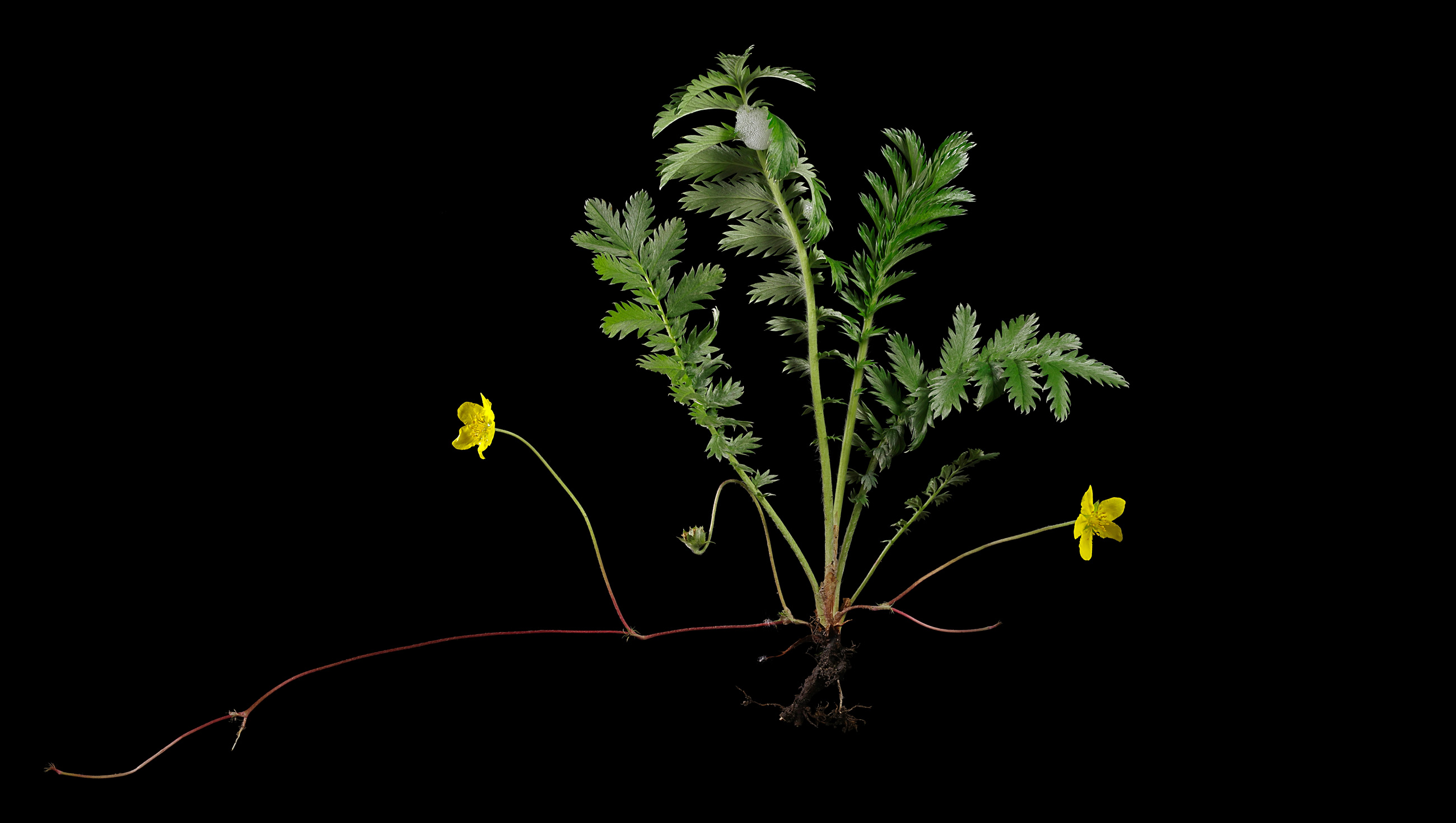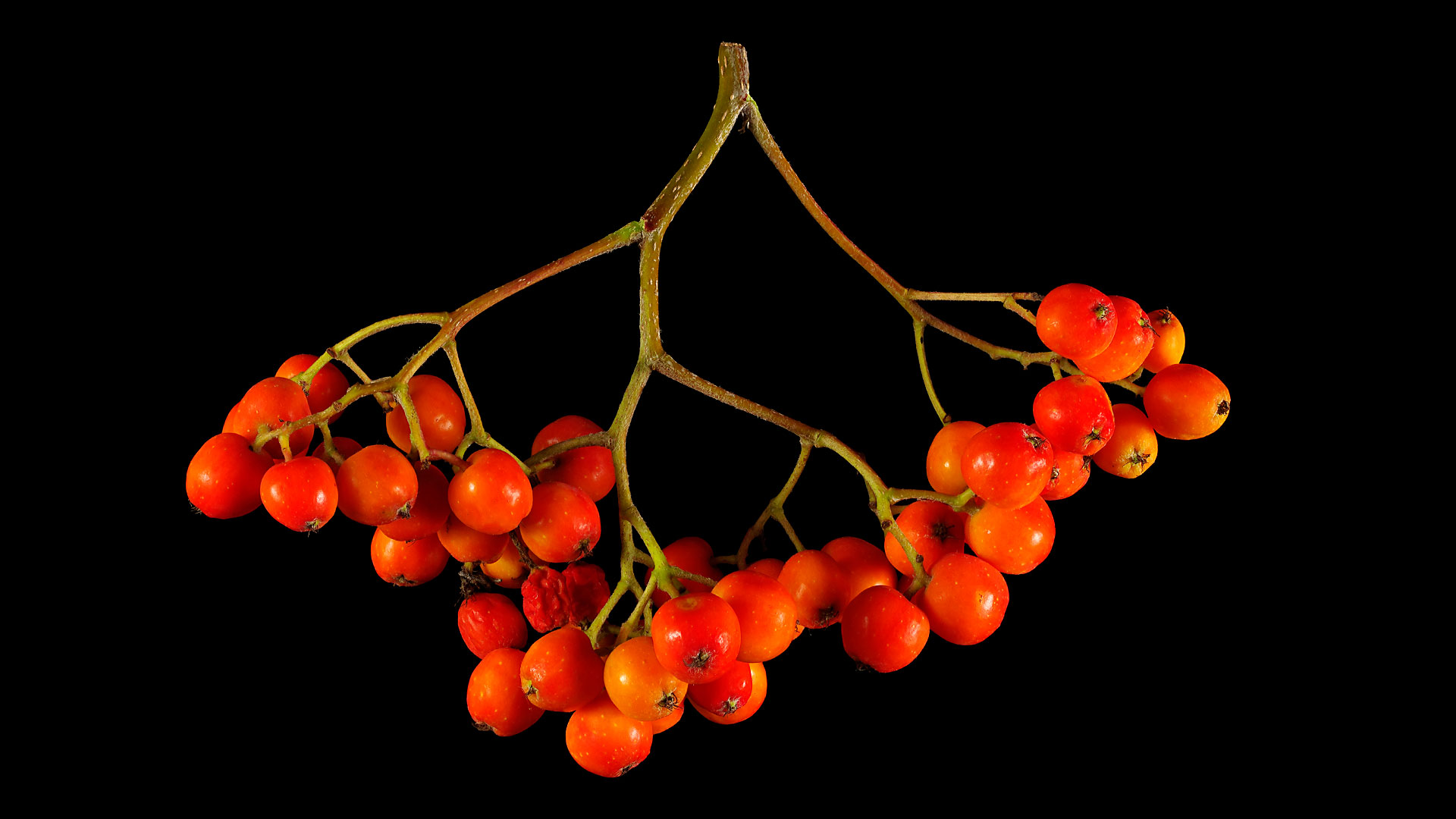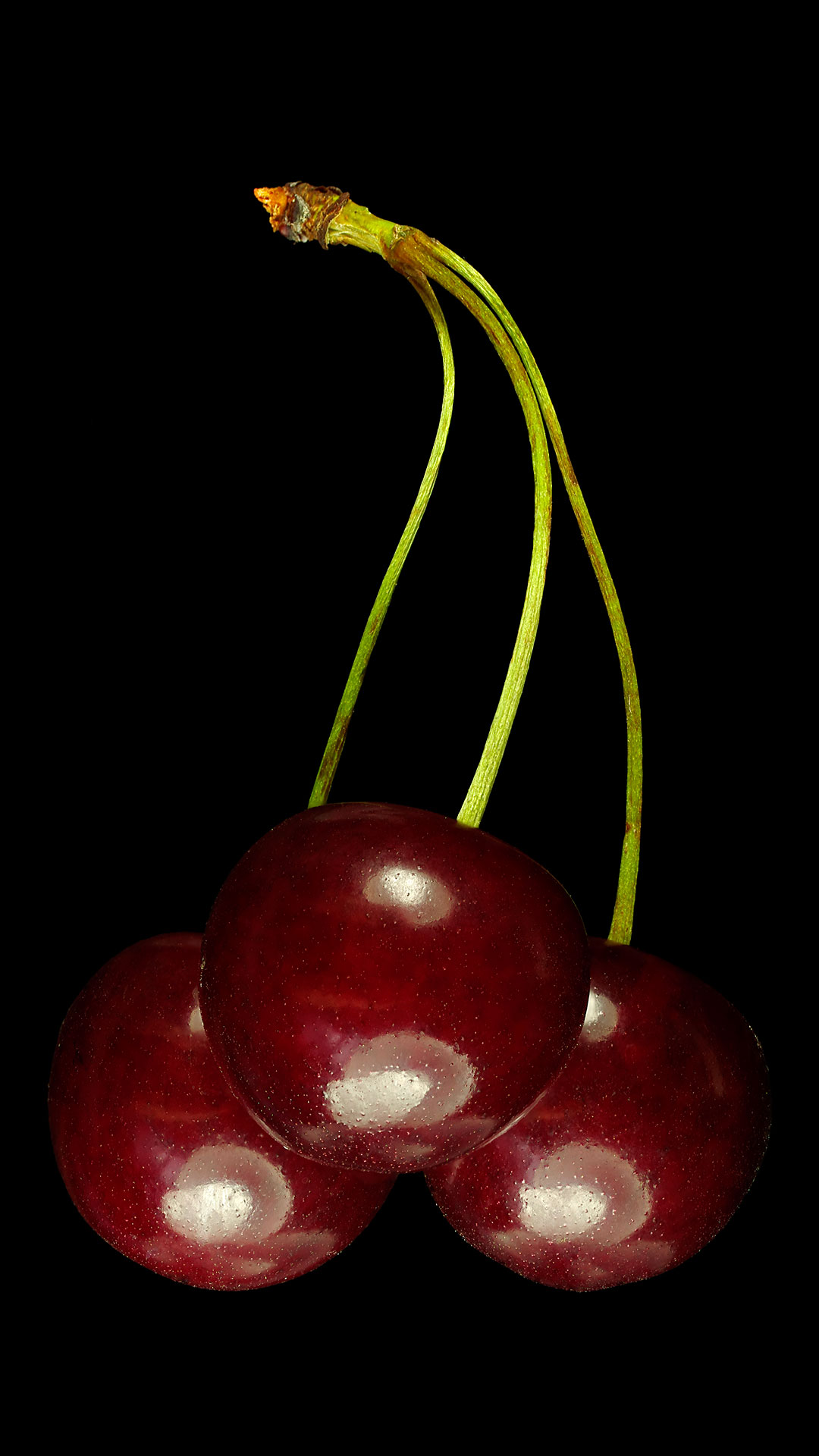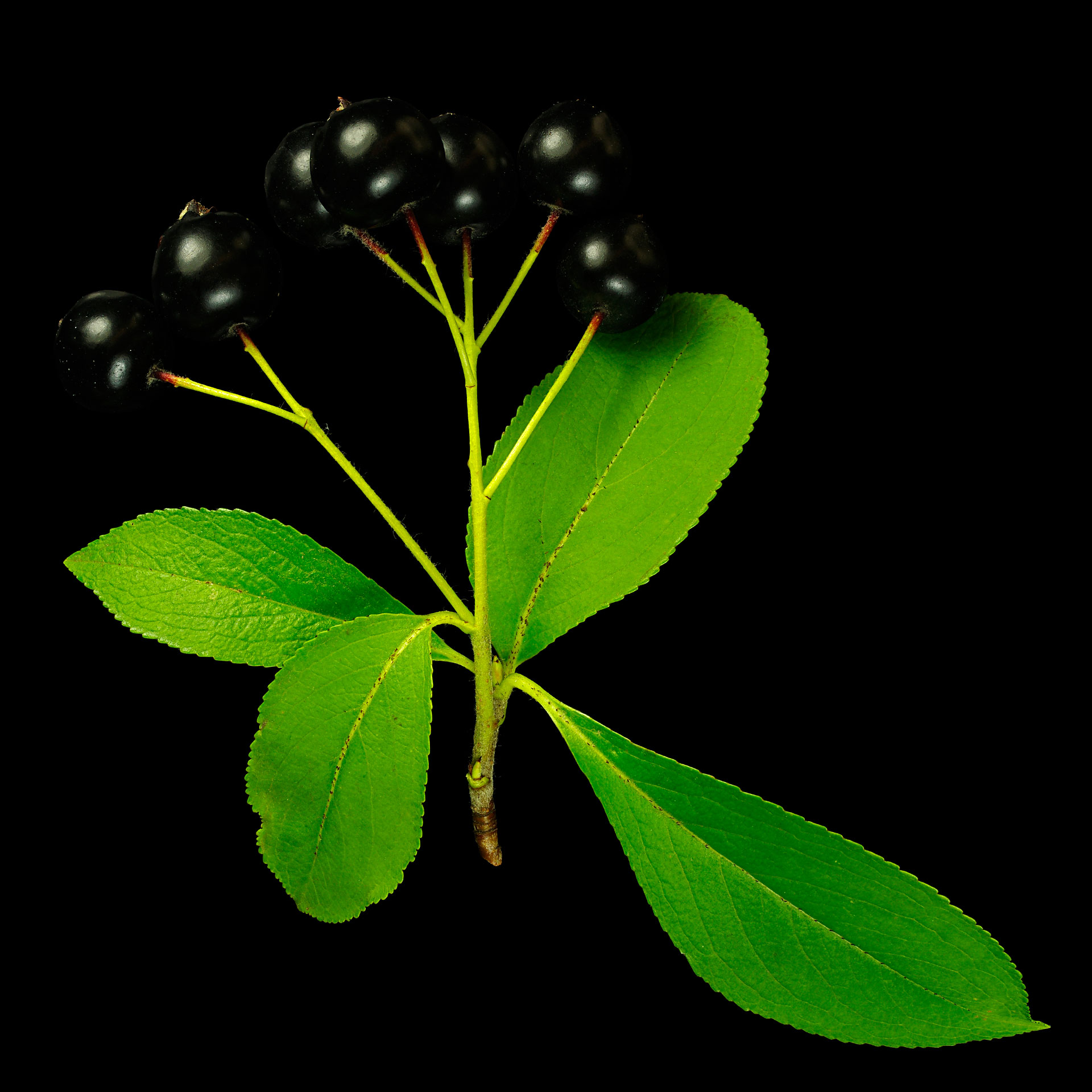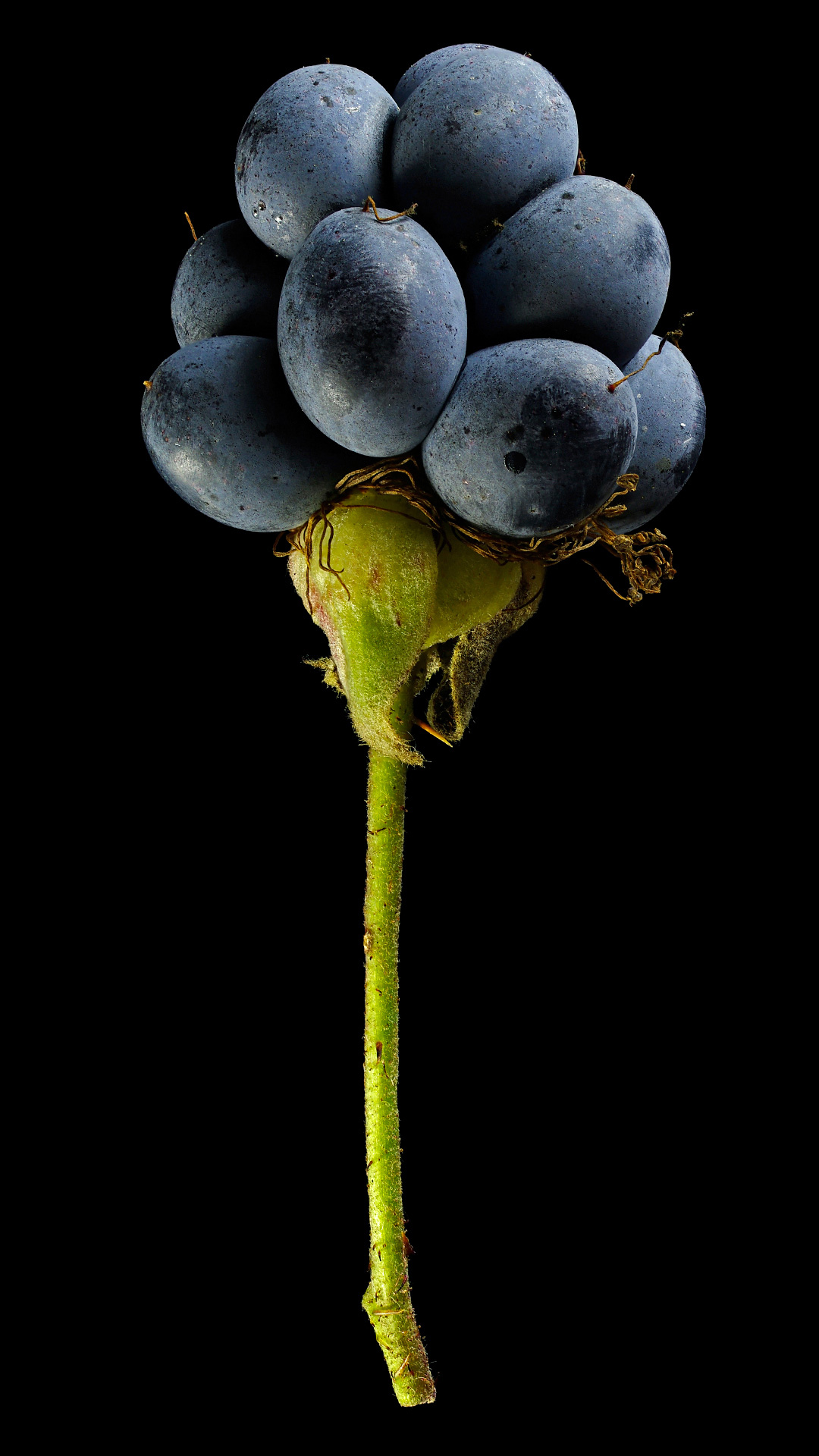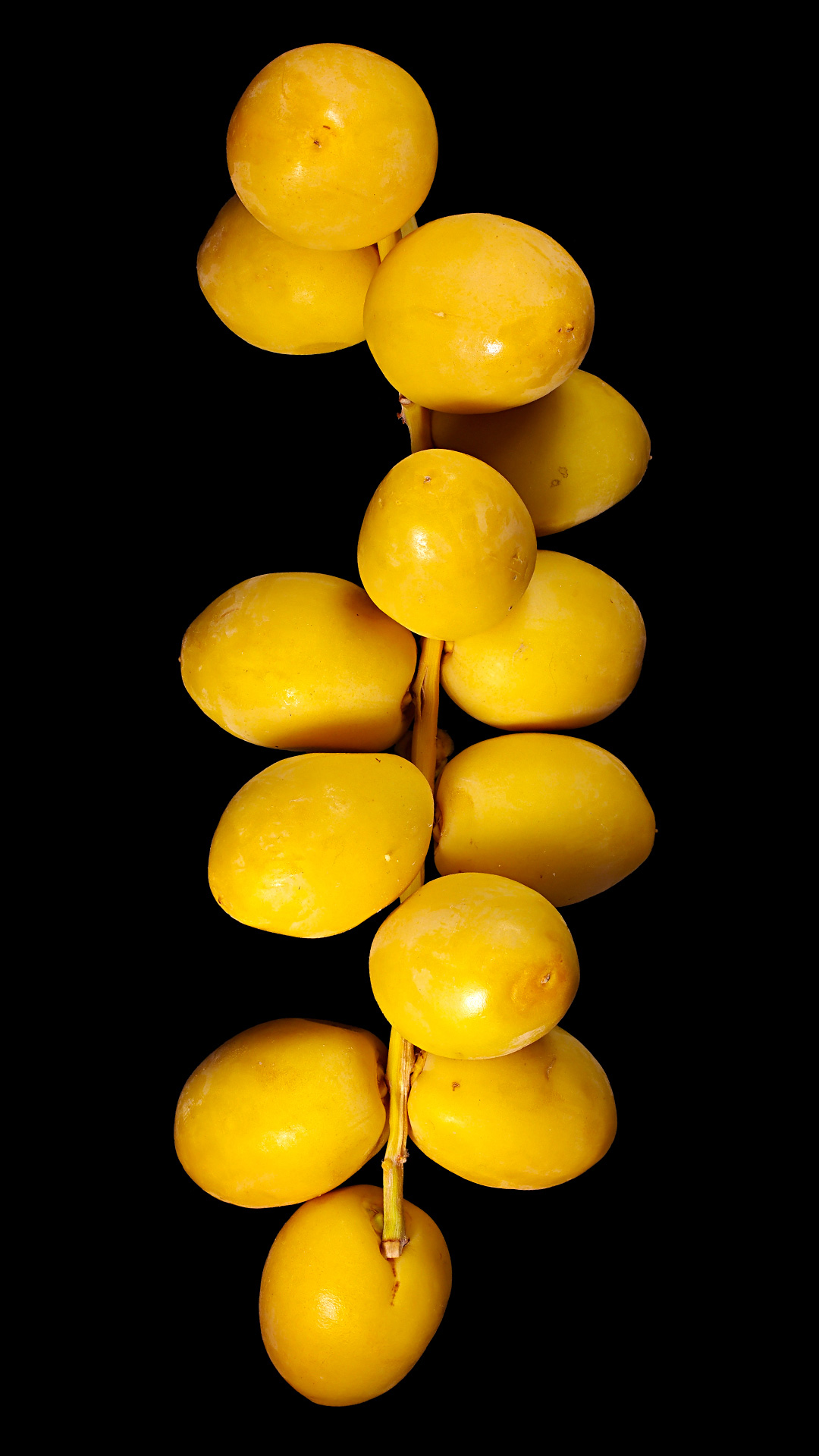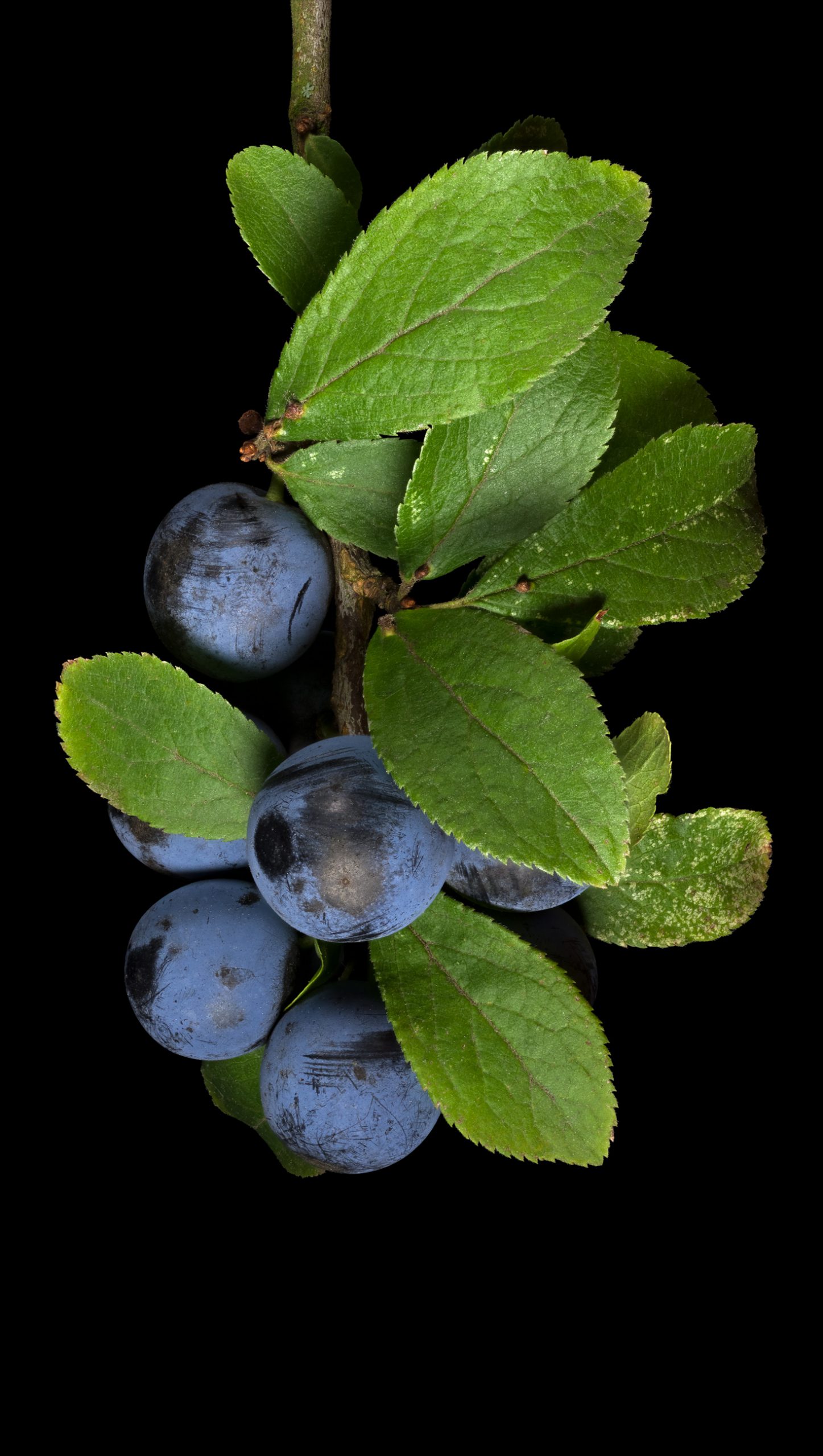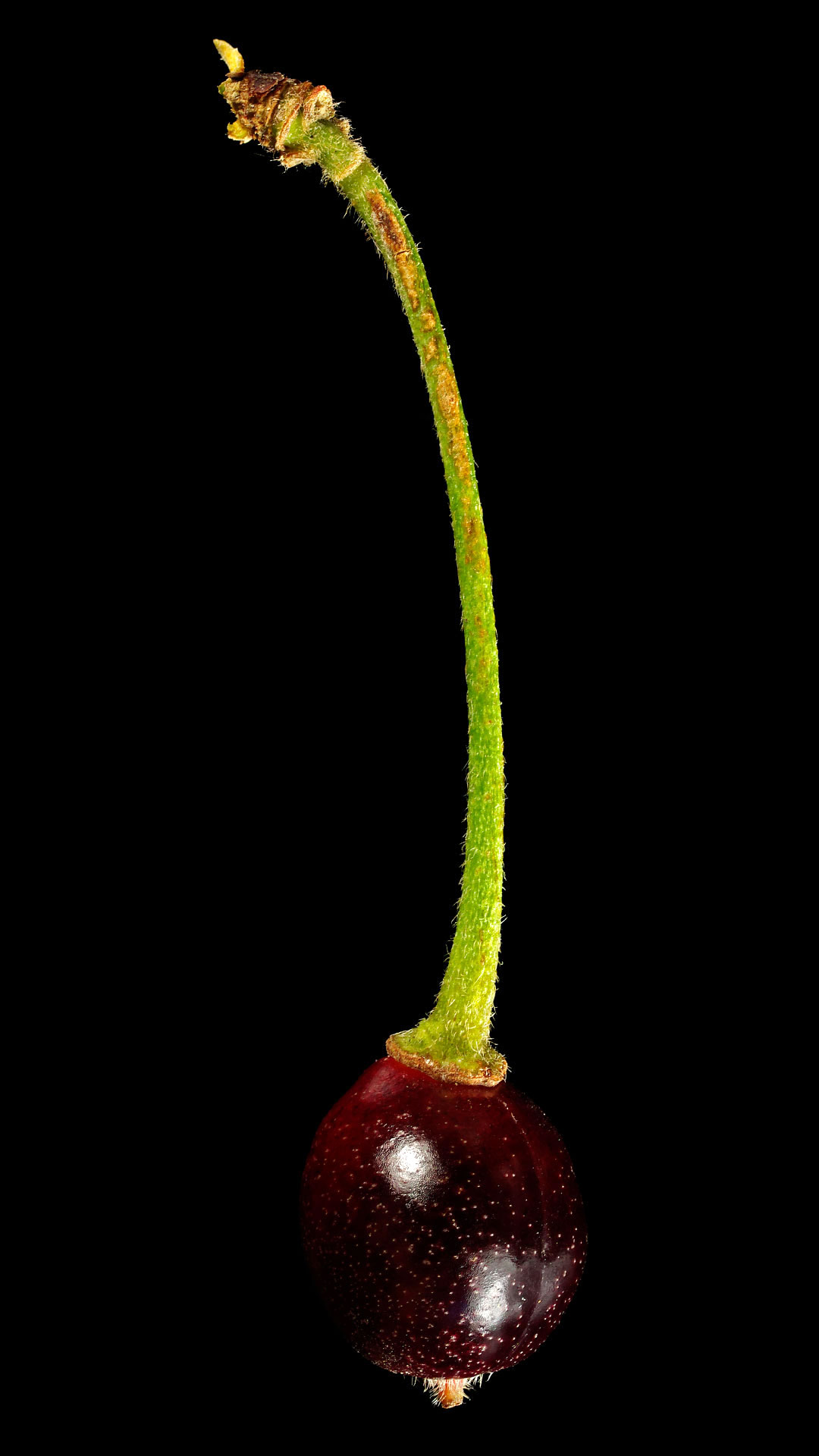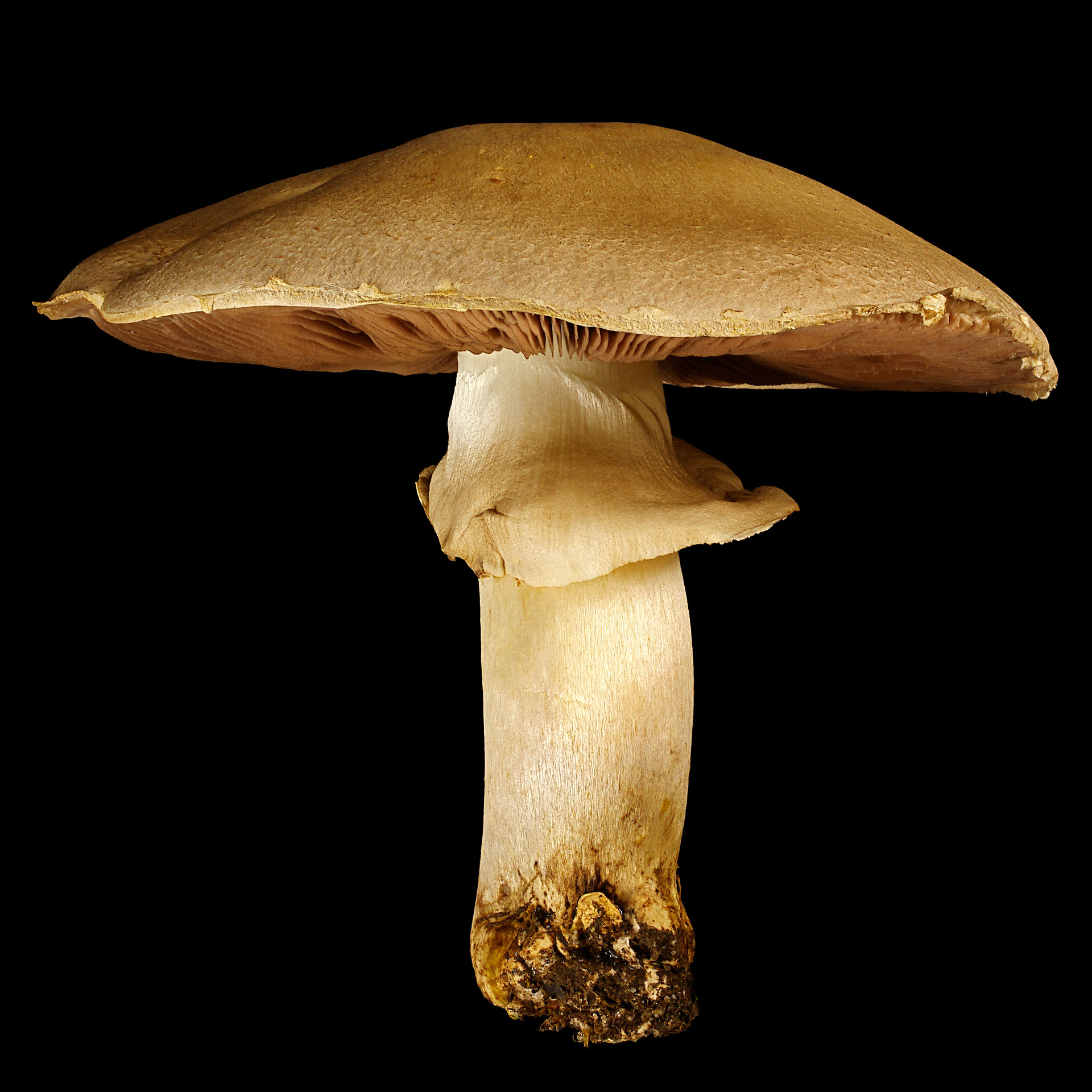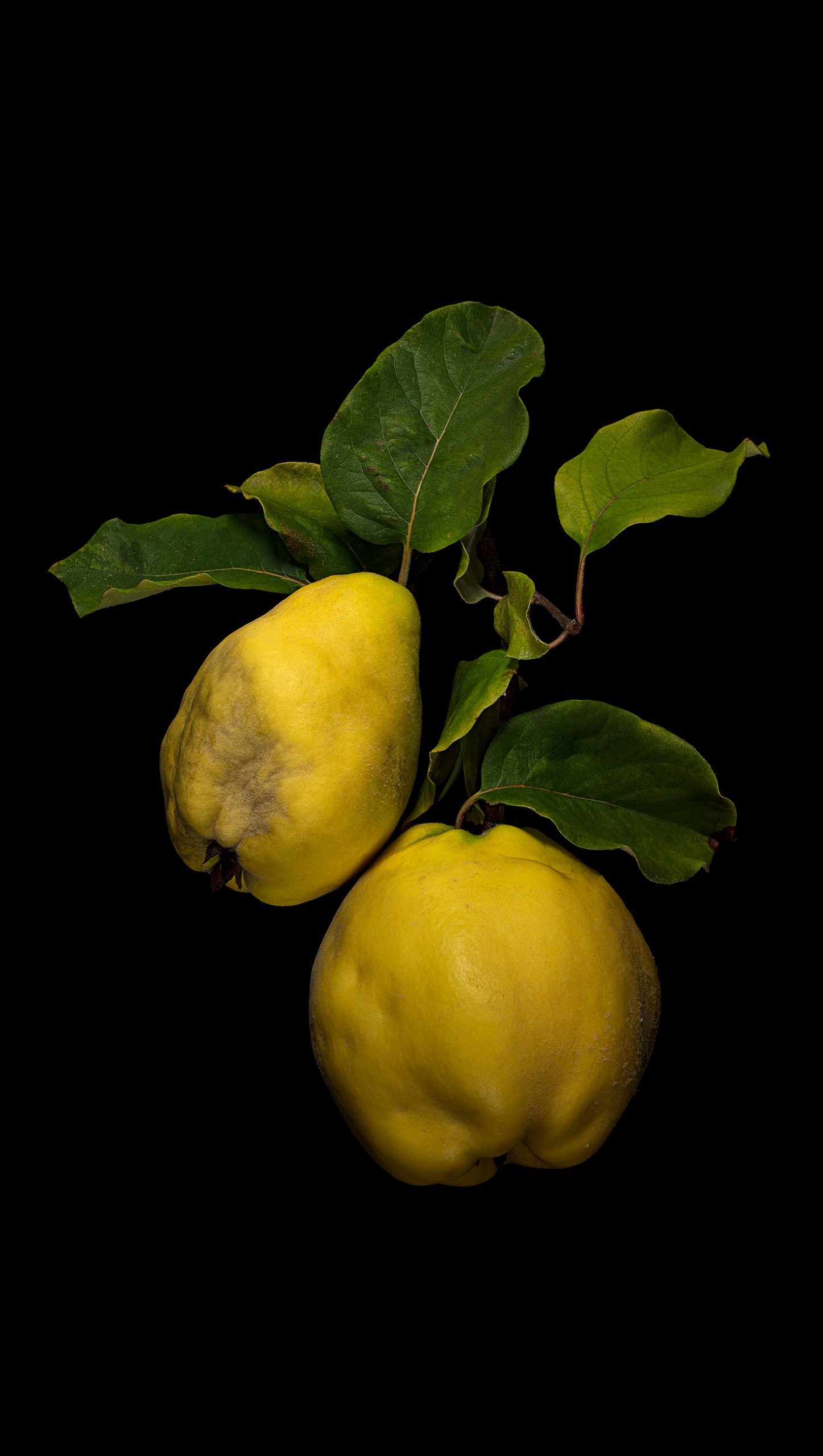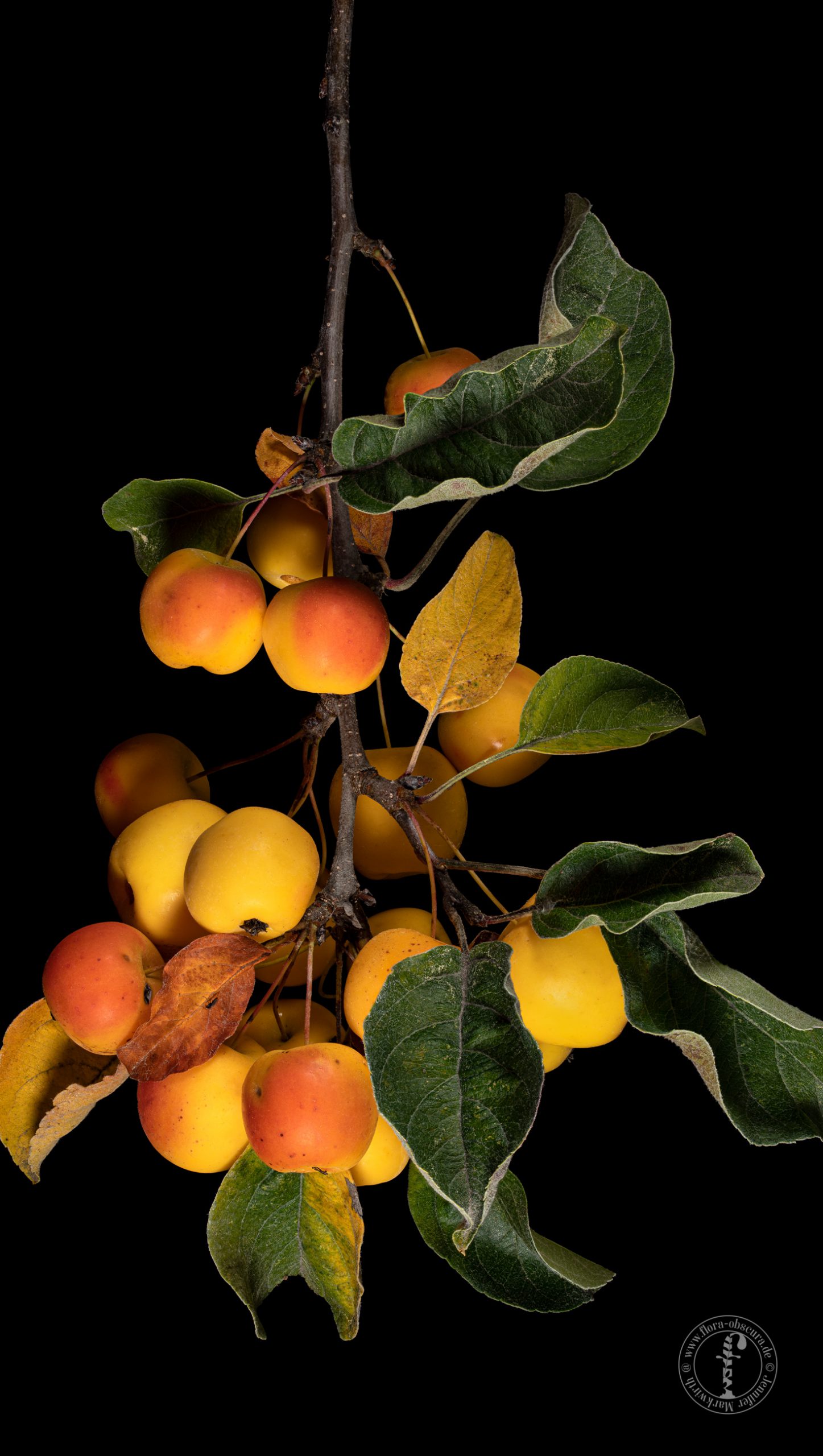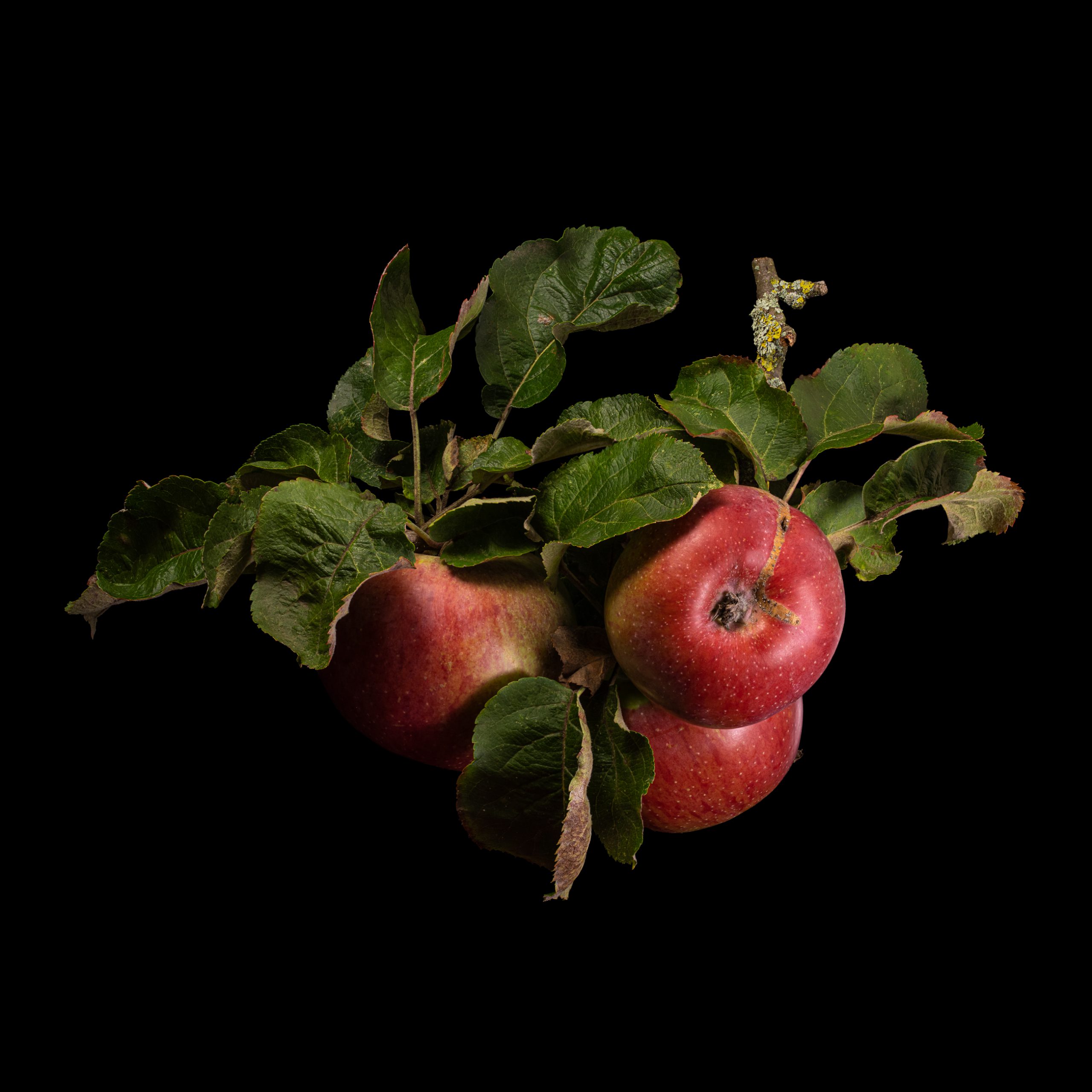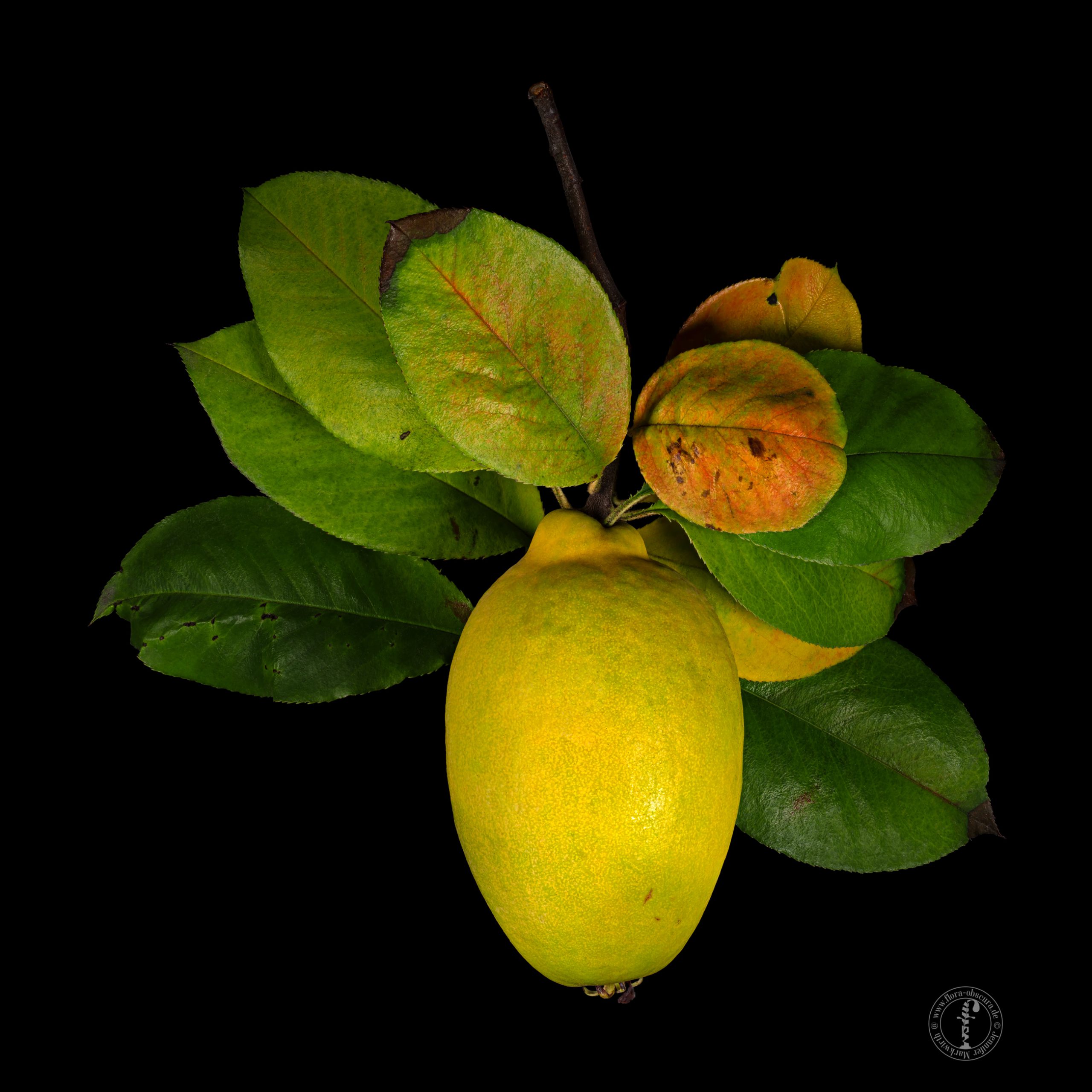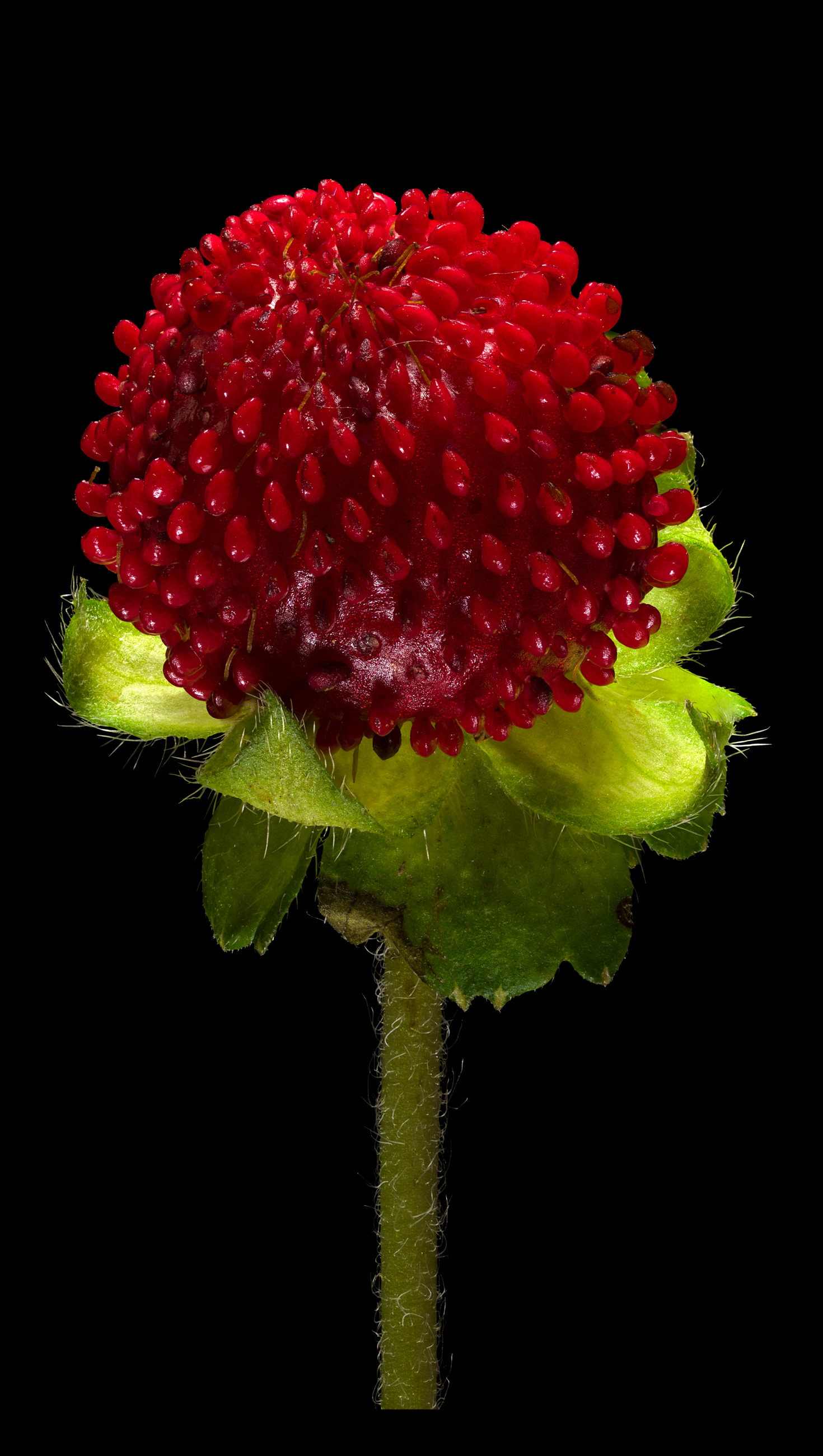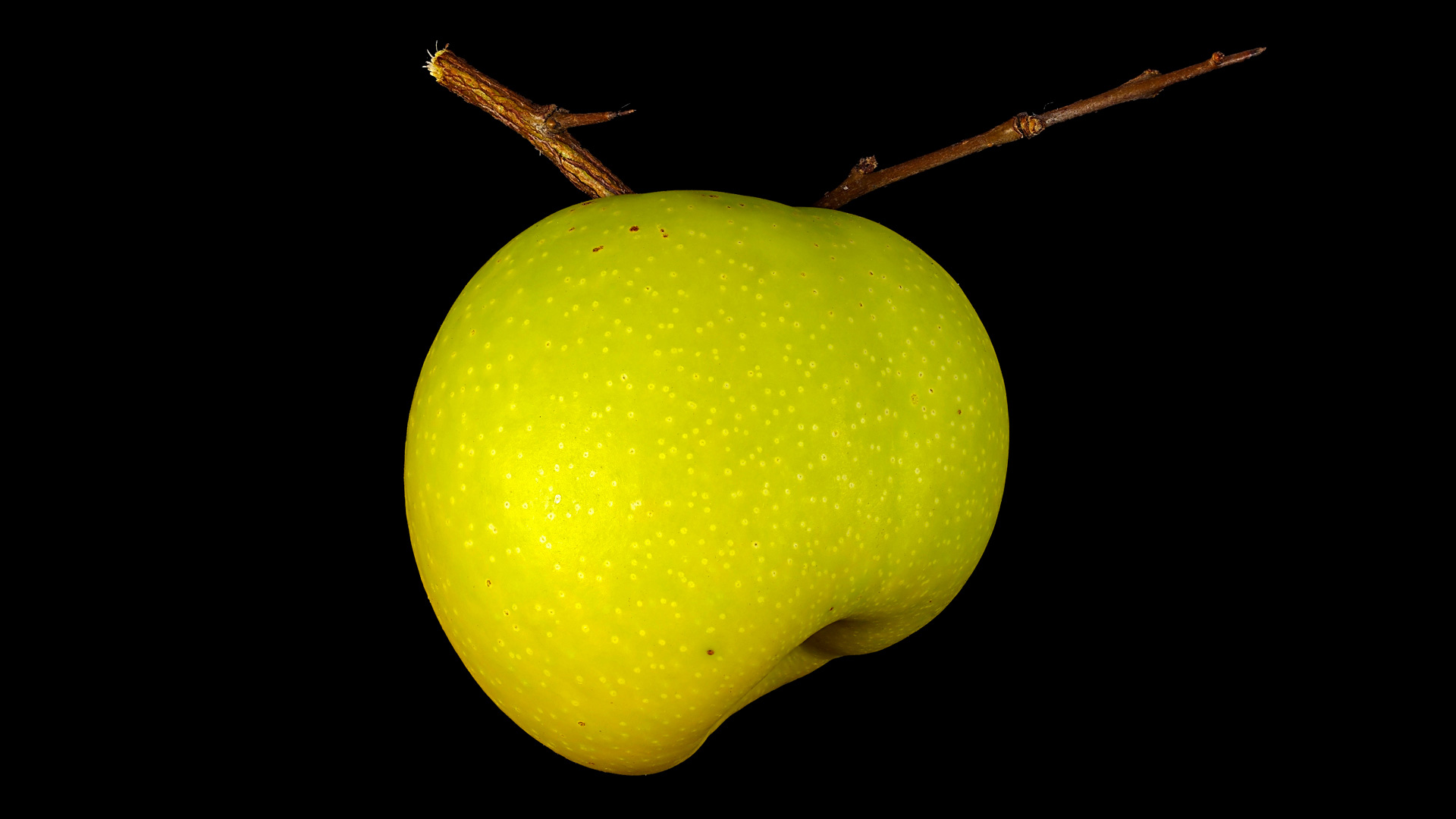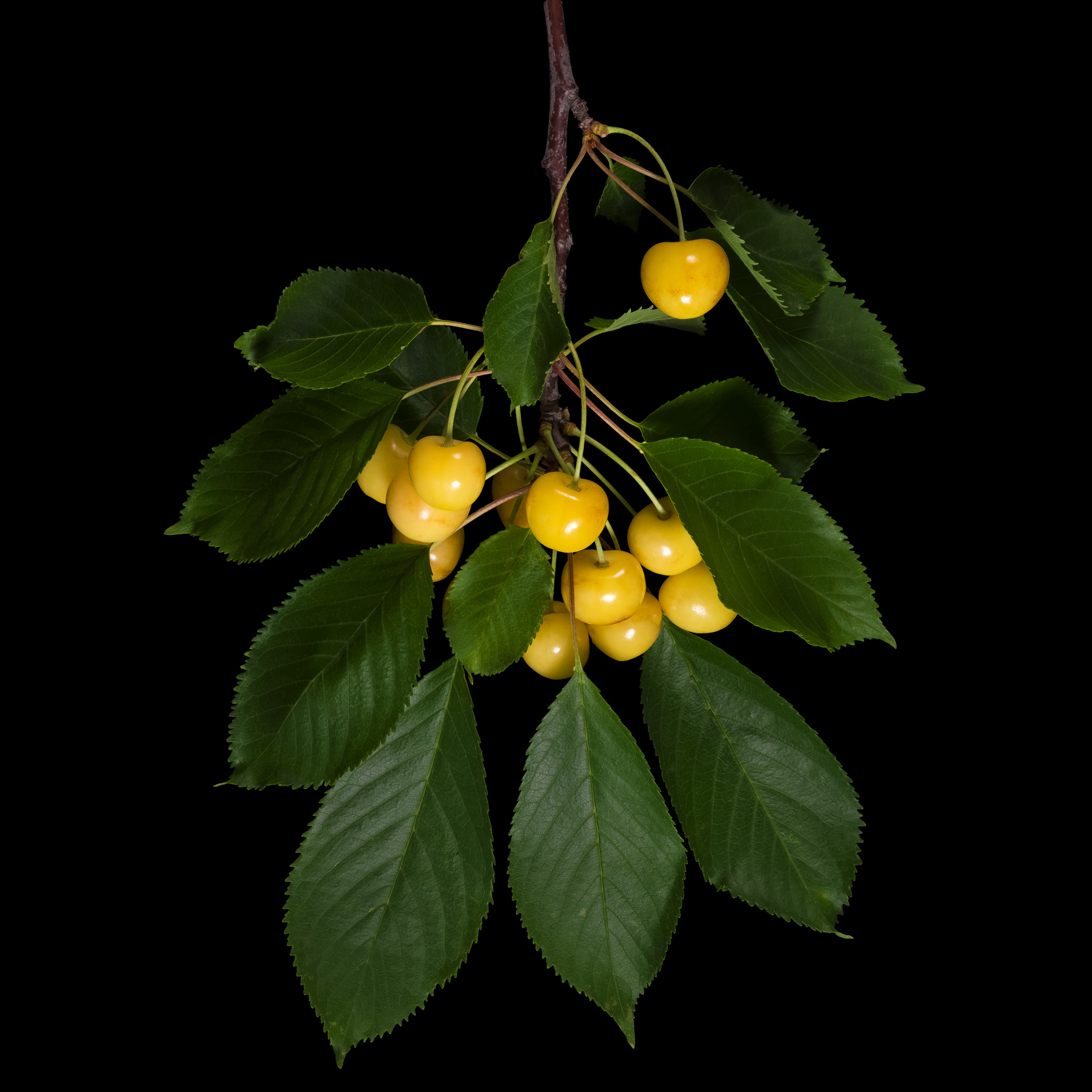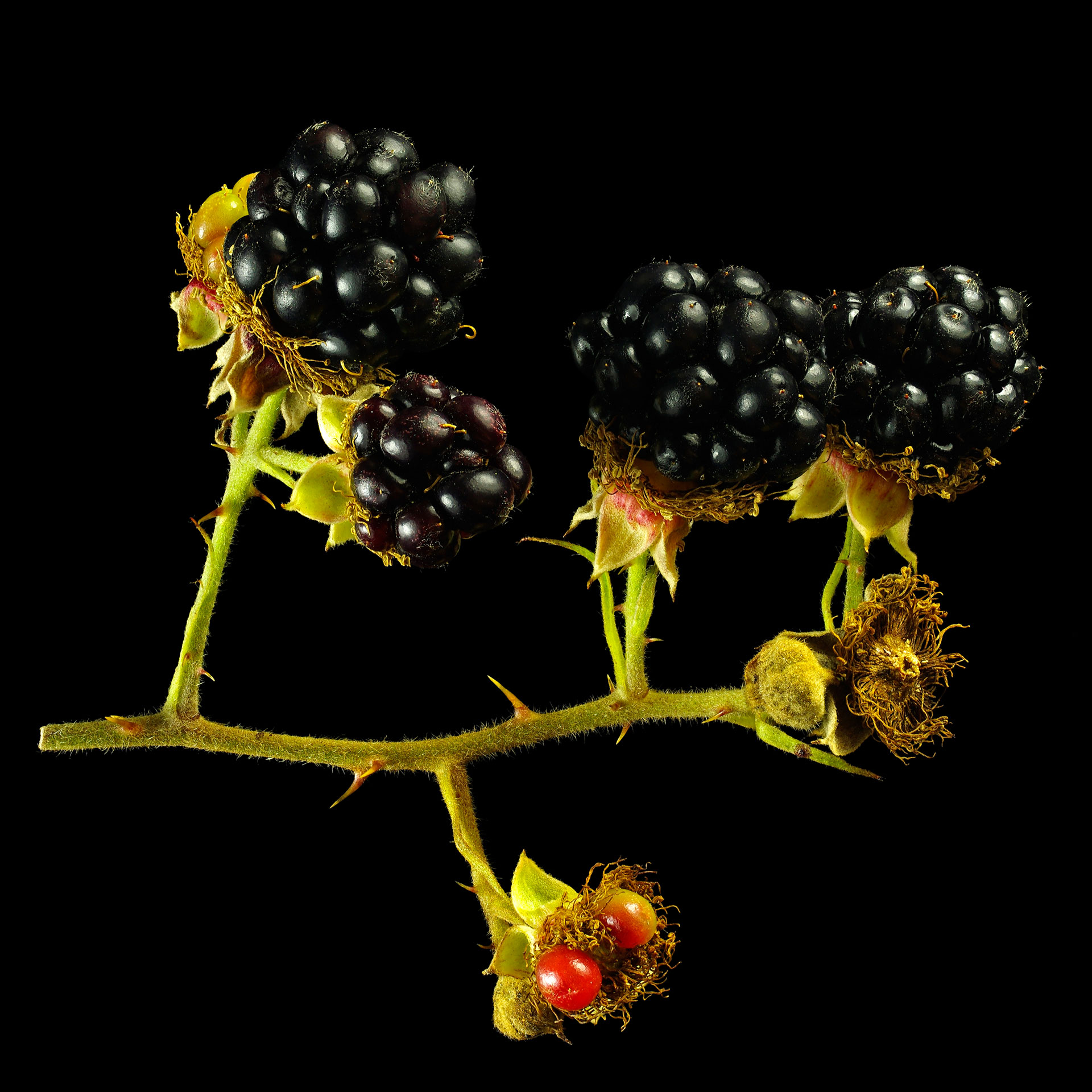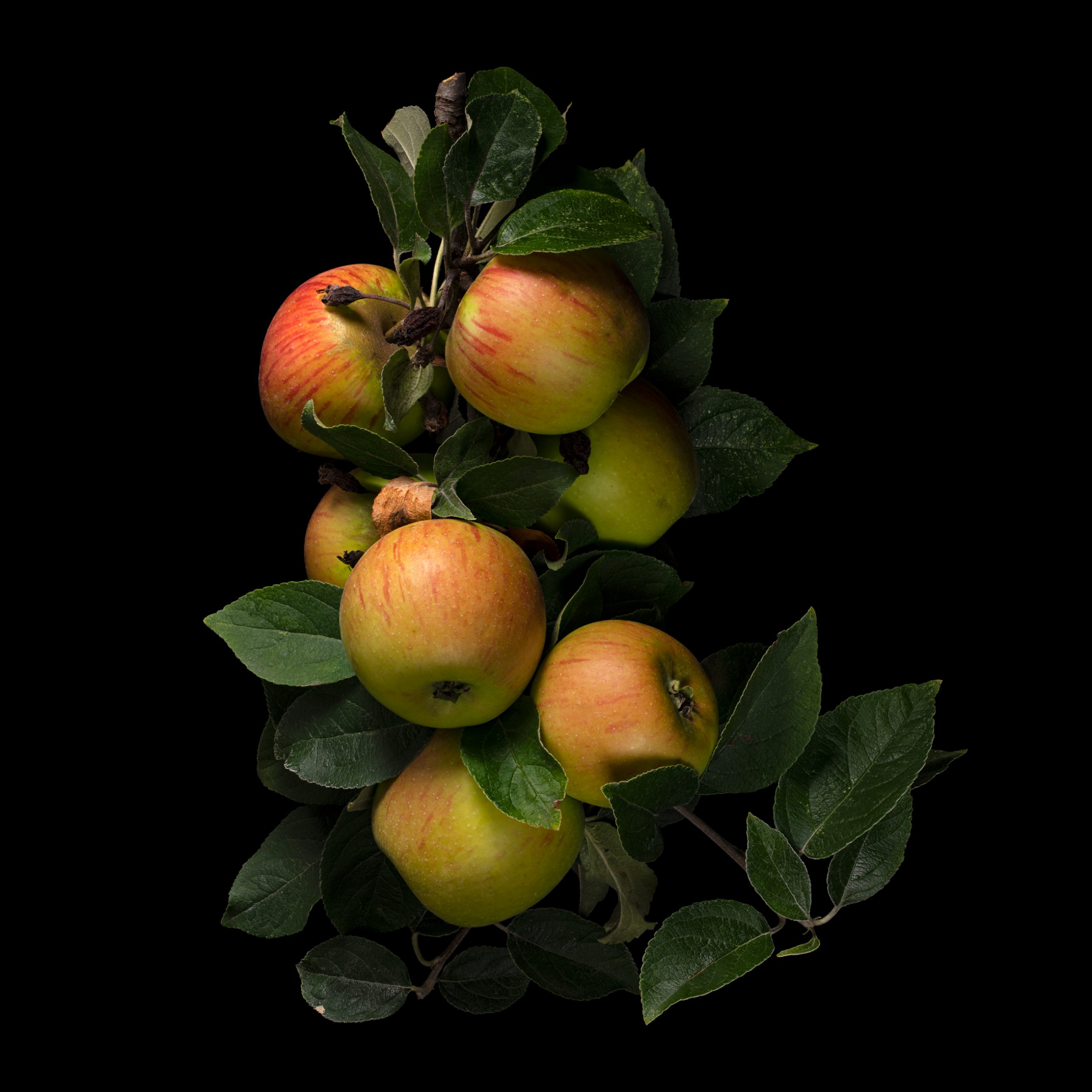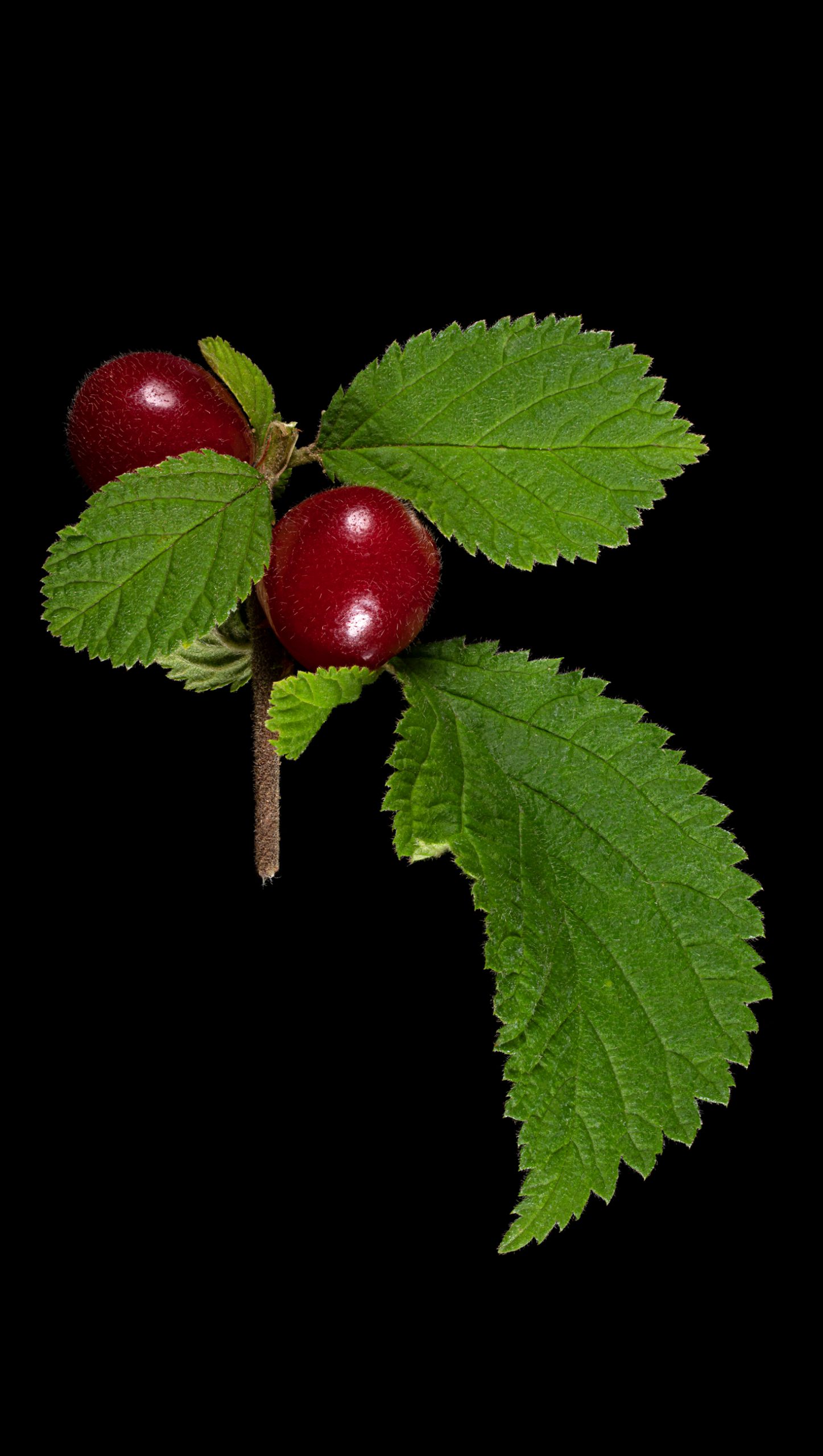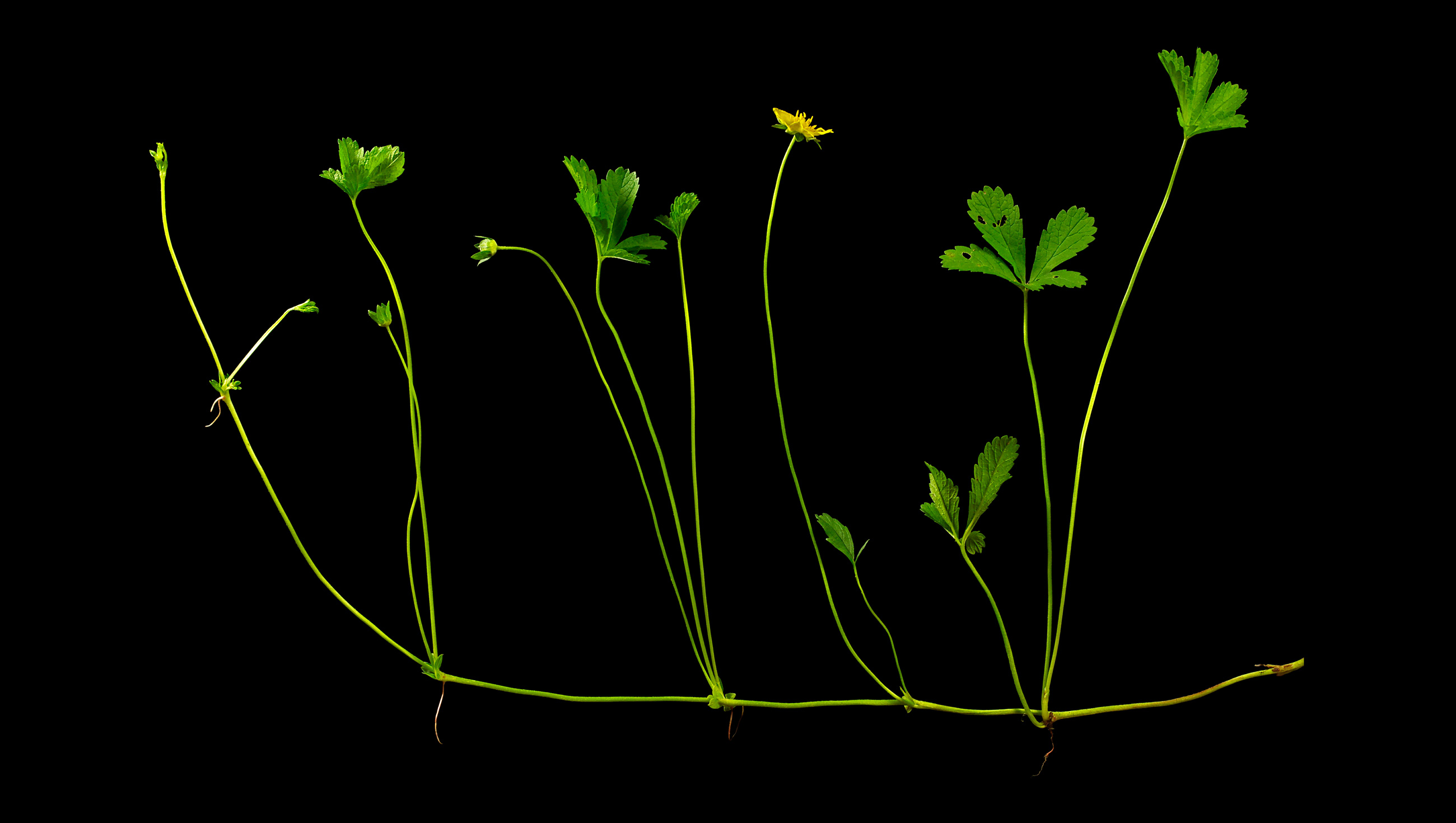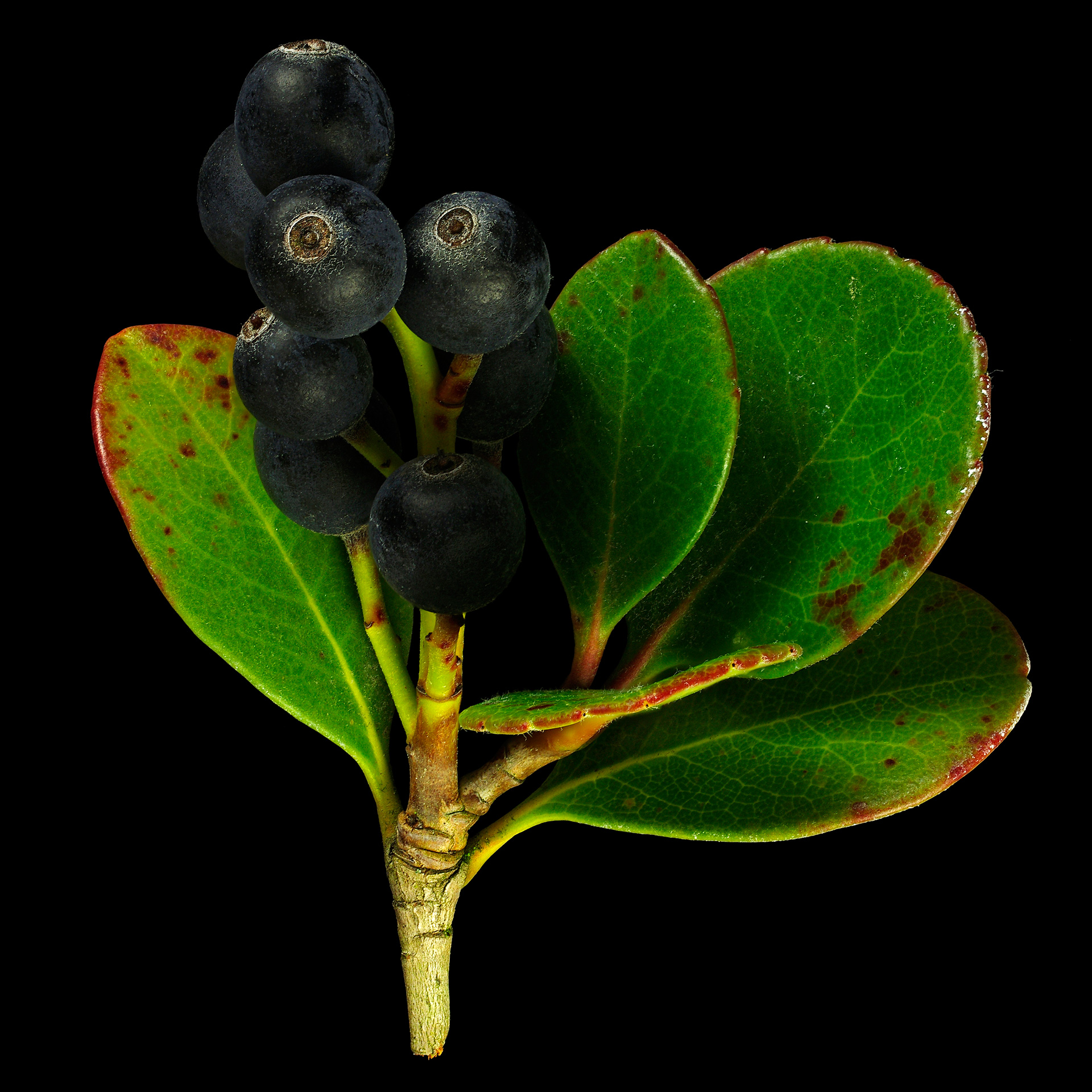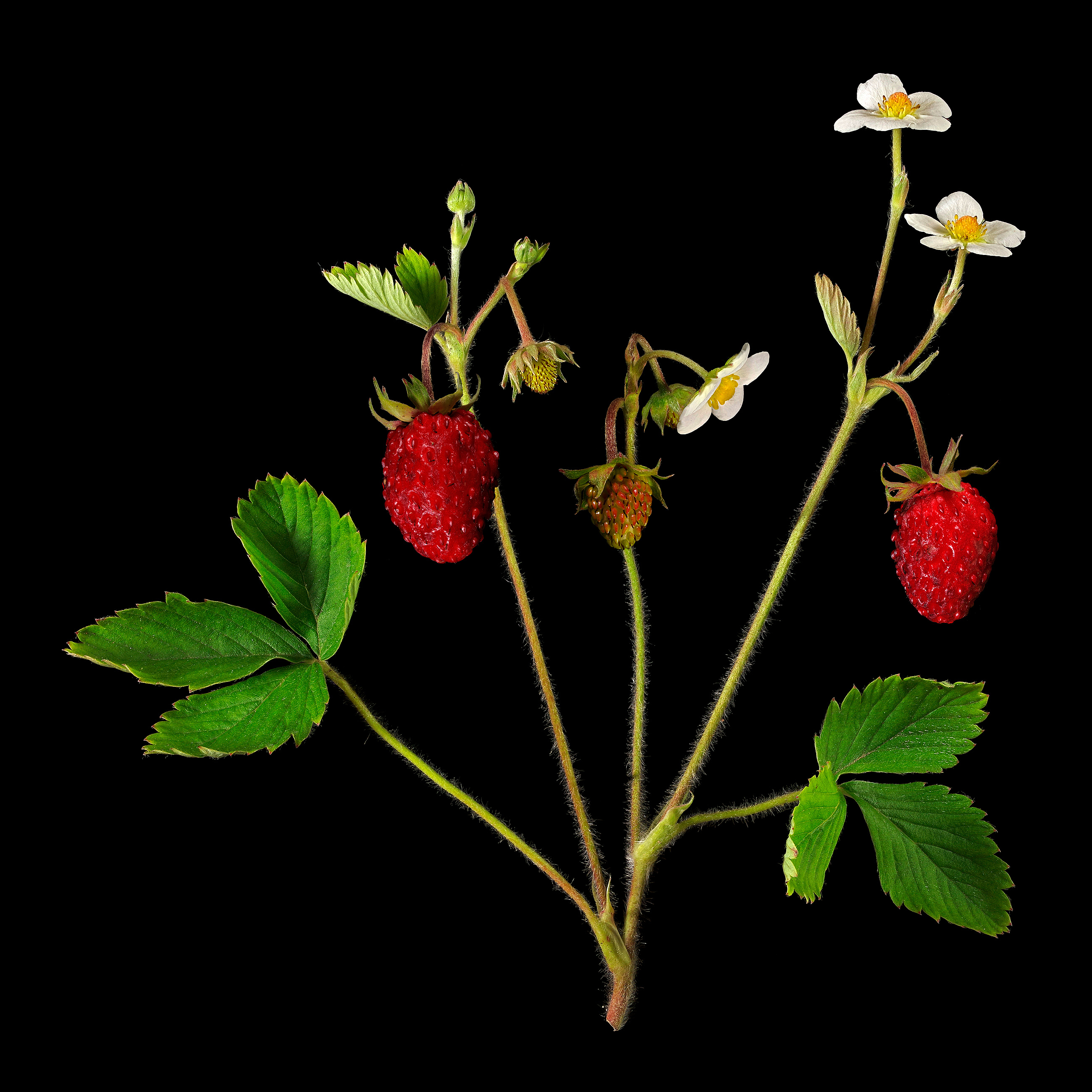Search Results for Rose hip
North American natives made tea from the leaves and also ate them as a salad. The inner bark was smoked like tobacco.
Rosehips can be used to make fruit tea and Hagebuttenmark. Dried and ground, they even replace flour and can be mixed with it.
From rose hips a fruit tea can be prepared as well as jam (“hagebuttenmark, buttenmost”) . Dried and ground, they even can be used as a flour substitute and can be mixed with flour.
Strong fragrant rose varieties have long been cultivated for the production of rose oil, which is not only used in perfumes, but also in some liqueurs and sugar confectionery.
Indigo rose tomato belongs to the rather small-fruited varieties and can be eaten directly from the shrub.
Rosehips can be used to make fruit tea and Hagebuttenmark.
Pinot Gris is a variety of the common grape vine, which belongs to the white wines although the grape skin has a reddish to grey-violet colour.
If the myrobalan plum is not eaten raw, it can be processed into compote and jam.
Zwetschgen are eaten fresh, processed into zwetschgendatschi tart, schmootsch and as dried fruits.
The unique taste compensates for the painstaking production of jelly and compote.
The fruits are small, not particularly juicy and decompose easily, which is why they have not become established as a fruit plant.
The “conspicuous” blackberry can be consumed directly from the bush as a soft fruit or processed into jam, jelly, liqueur, compote, sorbet and juice.
In Tibet, the roots are supposed to be eaten comparatively frequently as a nourishing root vegetable. They can be processed fresh or dried for later use. The leaves can be chopped (because they are very fibrous) and added as wild herbs in salads or steamed in oil.
It is still a stubbornly held legend that the fruits of the rowanberry or mountain ash are poisonous. The small fruits are ideal for jam, mash, liqueur…
Java apples are usually eaten raw as dessert fruit, but sometimes they also find their way into spicy dishes.
The variety morello cherry (subsp. acida) is well-known and often traded in glass jars, as compotes and jam, and it is an essential ingredient in the Black Forest gateau.
The black chokeberry contains many vitamins and other important substances in such large quantities that it has also medical significance.
They taste is almost the same as blackberries, but a bit more sour than these. The fruits can be picked straight from the shrub, or can be processed to jam and dewberry liqueurs.
The fresh, yellow fruits still taste astringent. Only in the brown, overripe fruits are the tannins degraded and the honey-sweet, caramel-like taste dominates.
Blackthorn fruits are made into jam, jelly and compote.
Even if the fruits are not productive, they can be eaten fresh from the tree or processed into jam, compote and liqueur. The beautiful flowers can decorate dried tea mixtures.
In addition to pepper mixtures, pink pepper berries are sometimes found in chocolate, which gives them a slight pungency and a peppery aroma.
The field or meadow mushroom is spread around the world in temperate areas and likes to grow in fairy rings on meadows and fields.
Quinces are rarely eaten raw. They are mainly consumed as jelly, stewed fruit, mush, chutney, schnapps and “dulce de membrillo”.
This crab apple can be used in a similar way to most mealy and low acid apples, but above all it can be eaten fresh from the tree.
The ‘Anhalter’ apple variety is classified as a cider apple. It has a high tannin content and is therefore particularly suitable for the production of cider and apple juice.
The round fruits of the Turkmen pear look more like small apples, but the flesh contains the stone cells typical for pears
In their East Asian origin, the fruits are chopped up and drunk as fruit tea, or they are made into canned goods.
The strawberries-like red fruits are edible, but taste dull and watery.
The very firm, pleasant-smelling and astringent tasting fruits can be cooked and then juiced. For example, a jelly can be prepared from the juice.
Of all the yellow cherry varieties, this one is probably the best known and most common throughout Germany.
Winter’s Blackberry: Rubus winteri Not a winter crop Winter's blackberry, often called "winter blackberry", probably has nothing to do with the cold season. The "i" at the end of a botanical name usually refers to a surname and I suspect
The King of the Pippins is low in acidity and tastes sweet, and for a long time this cultivar was considered one of the best apples in the world.
The hairy fruits, which grow on very short stems almost directly on the branch, are juicy and soft, slightly sweet and tart.
Finely chopped, creeping cinquefoil is suitable as a seasoning herb in salads or dried in herbal salt. In summer the fresh flowers can be used as edible decoration.
In times of need, the seeds were used to produce a flour substitute.
The fruits are sweet and have a very aromatic taste. They are best eaten raw.



